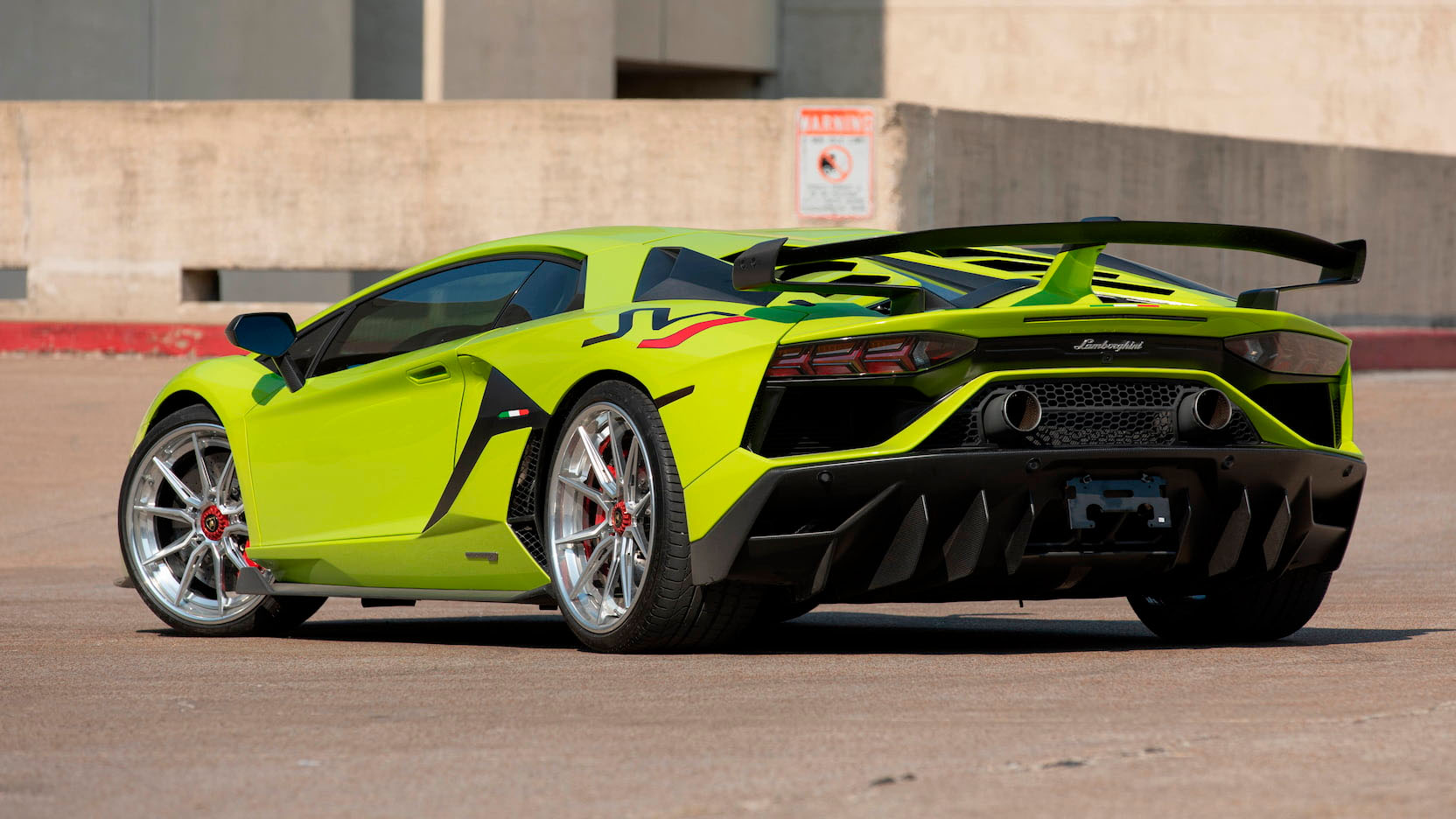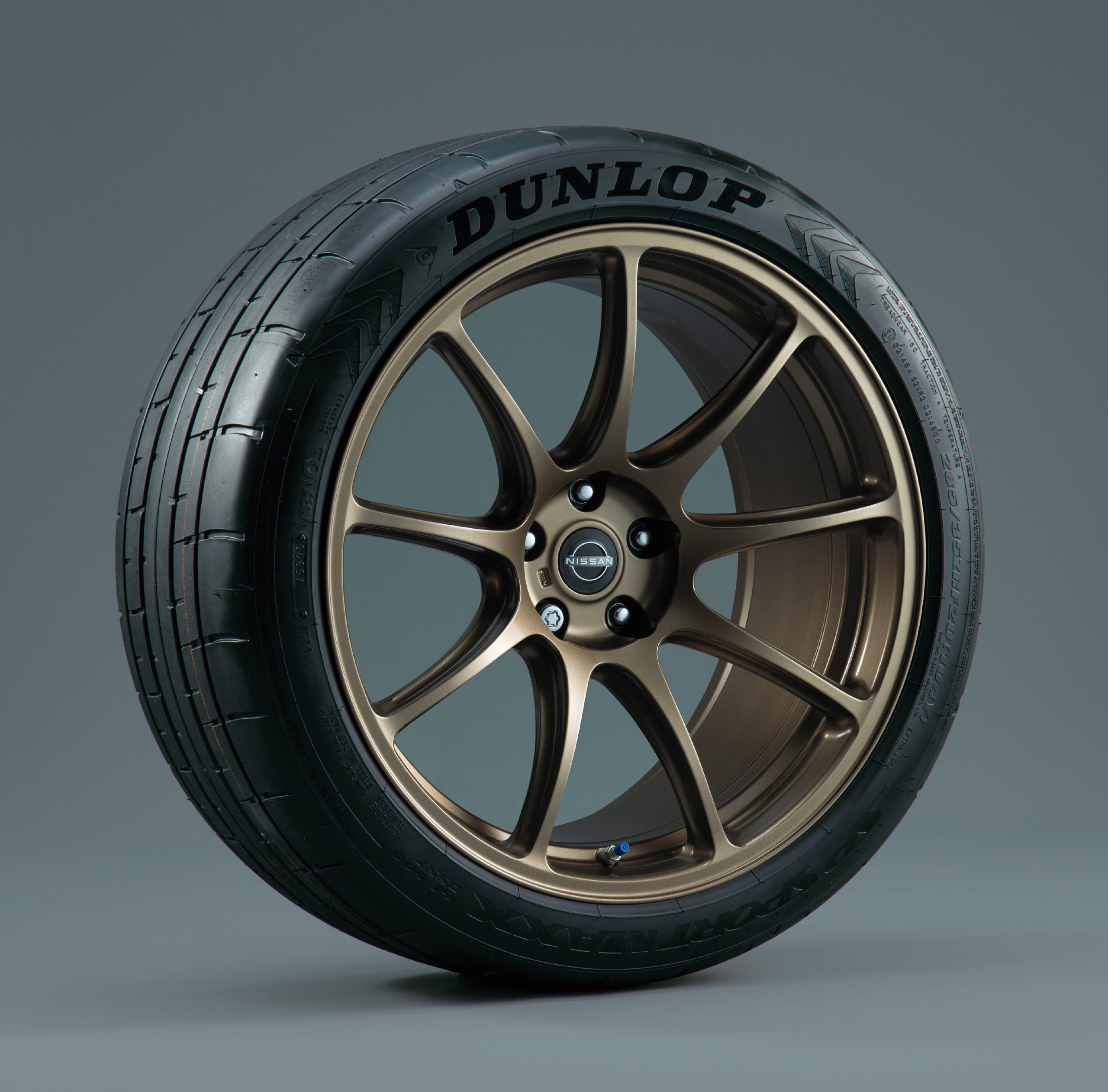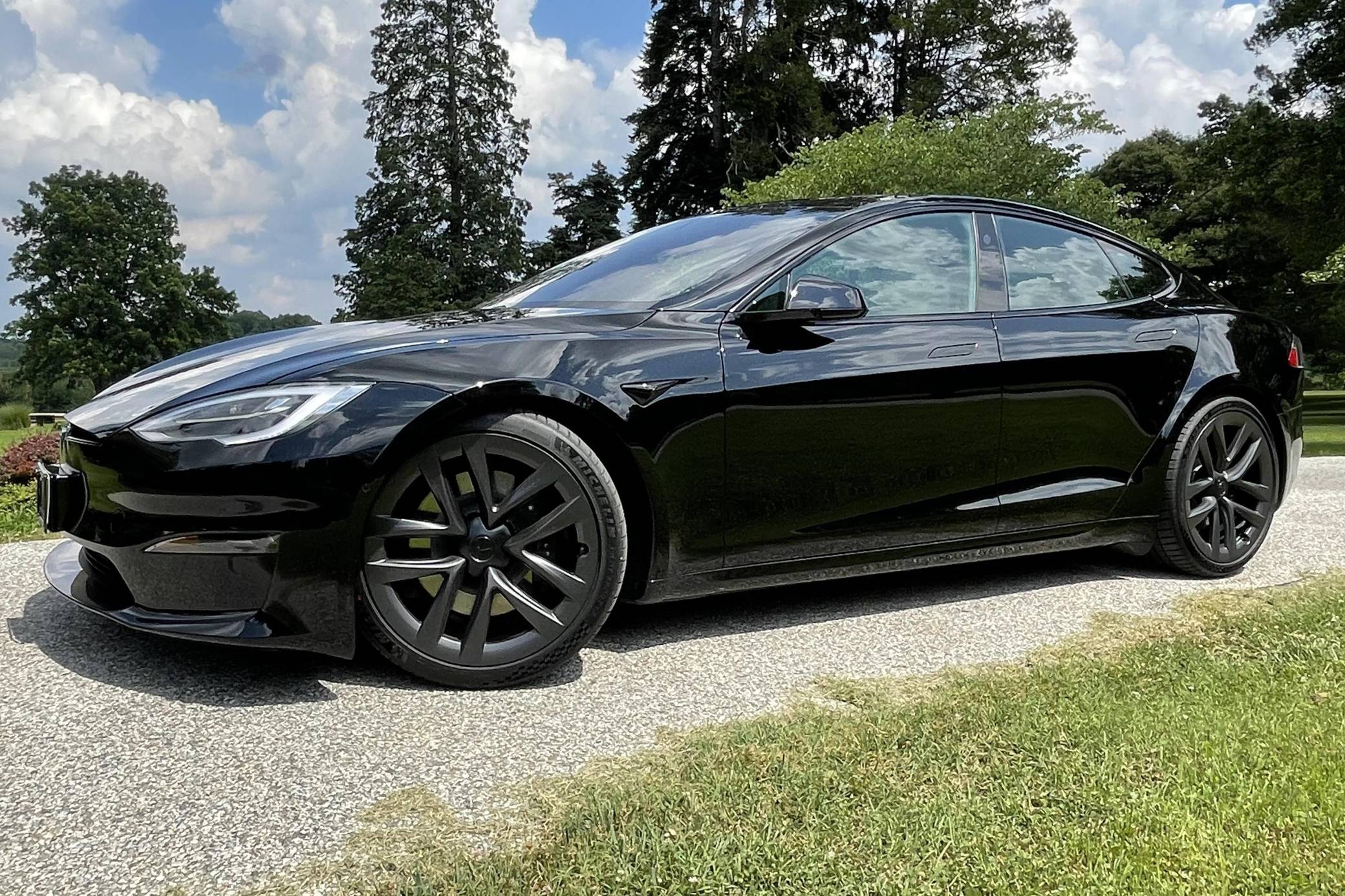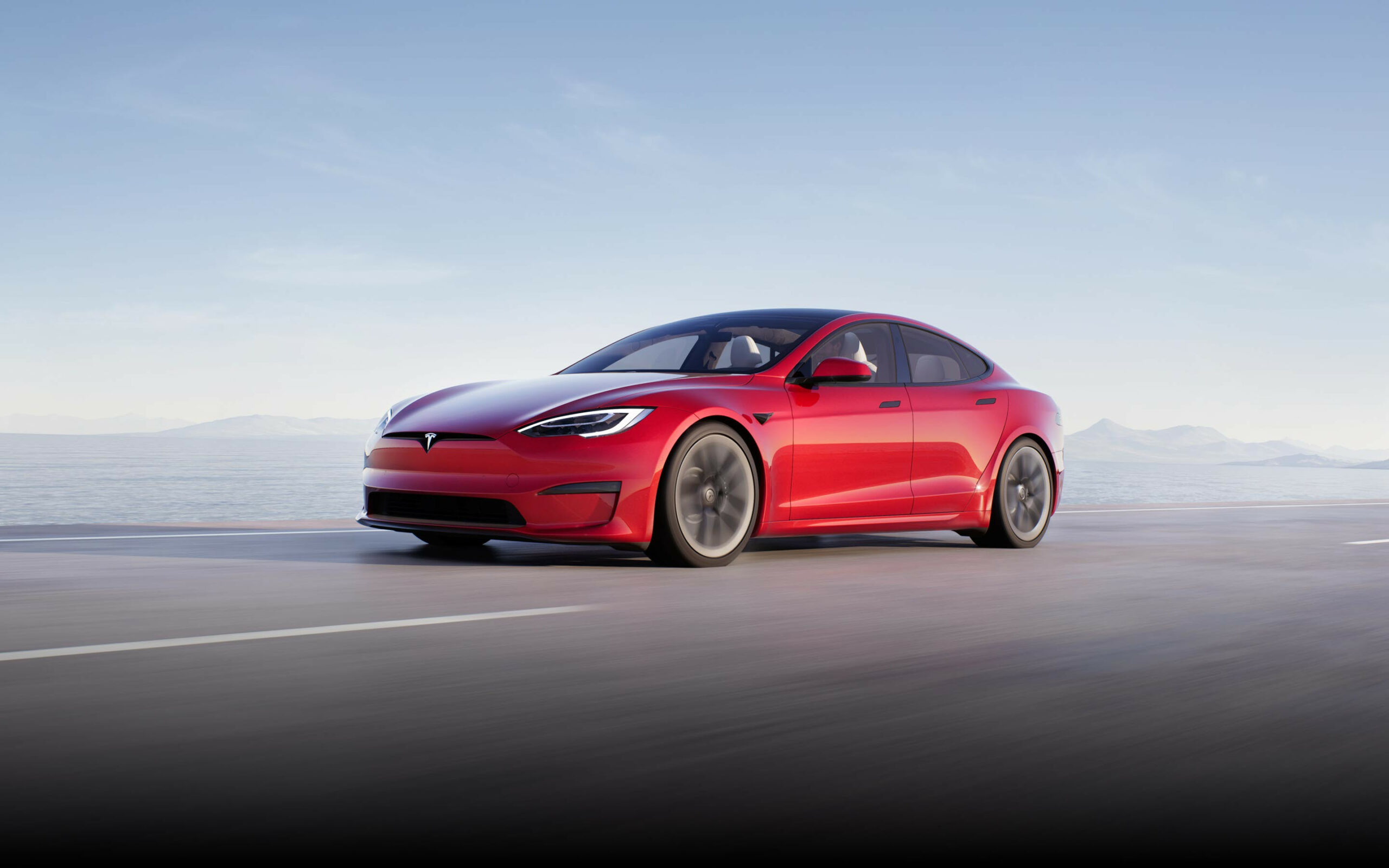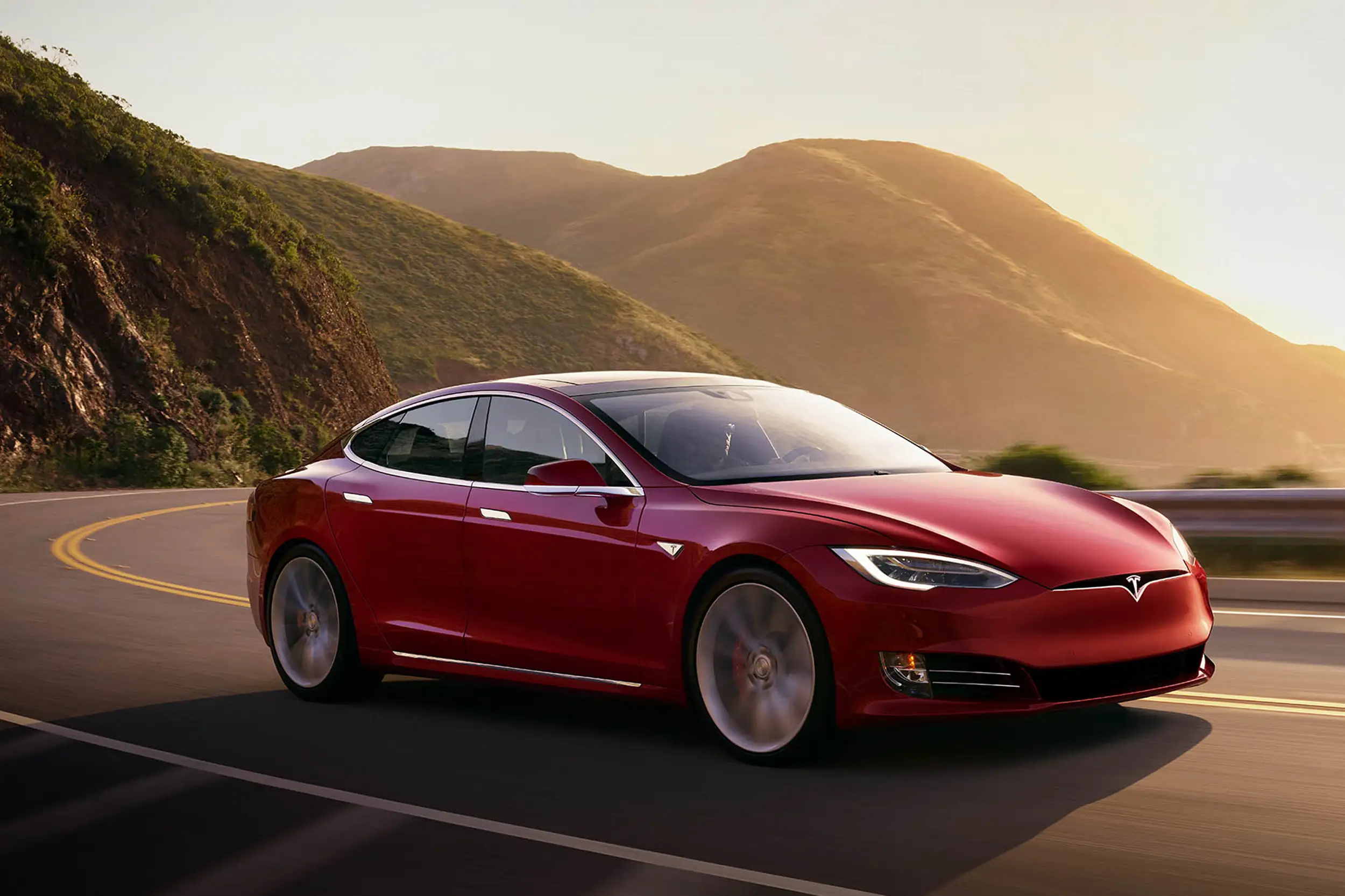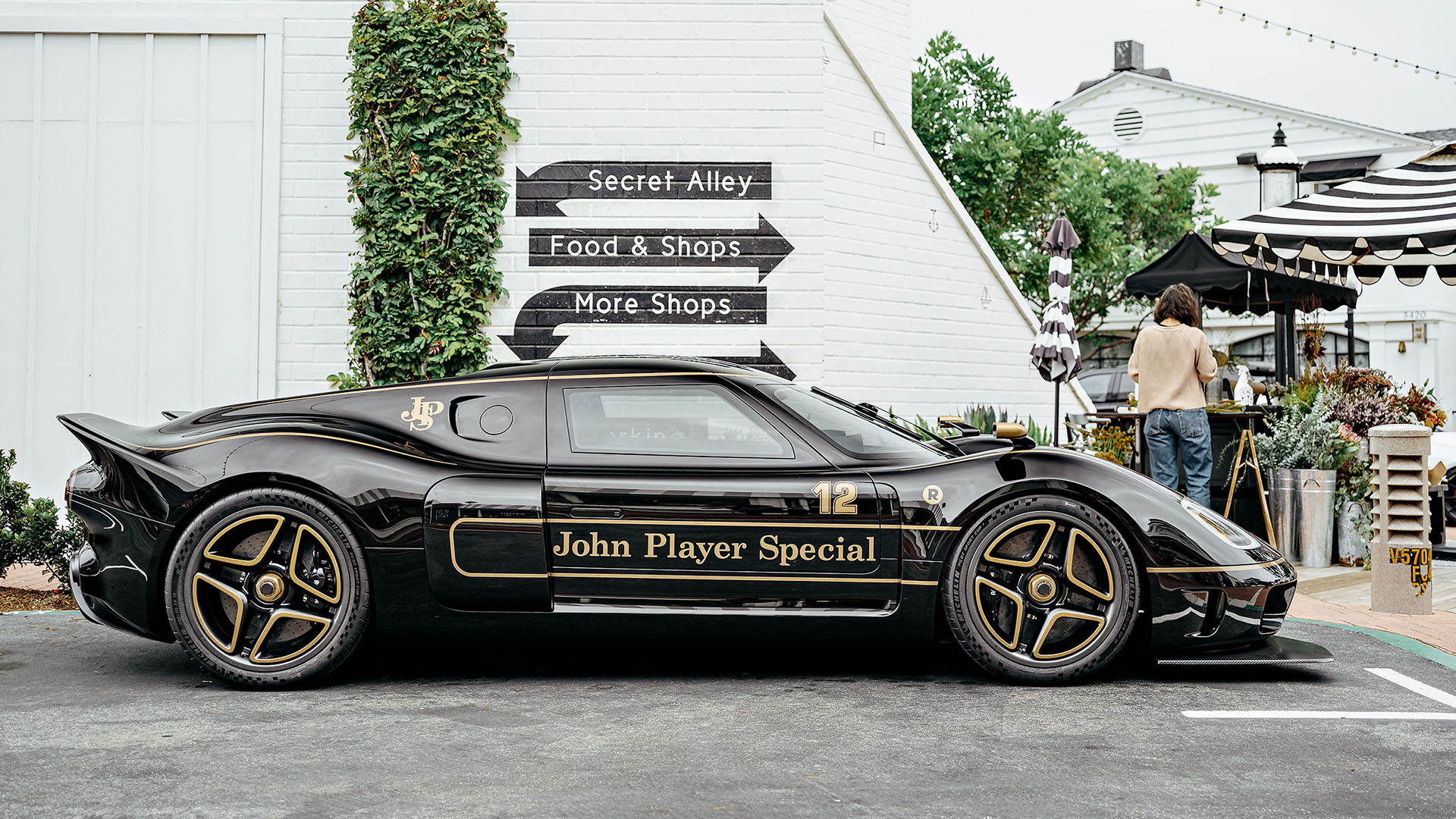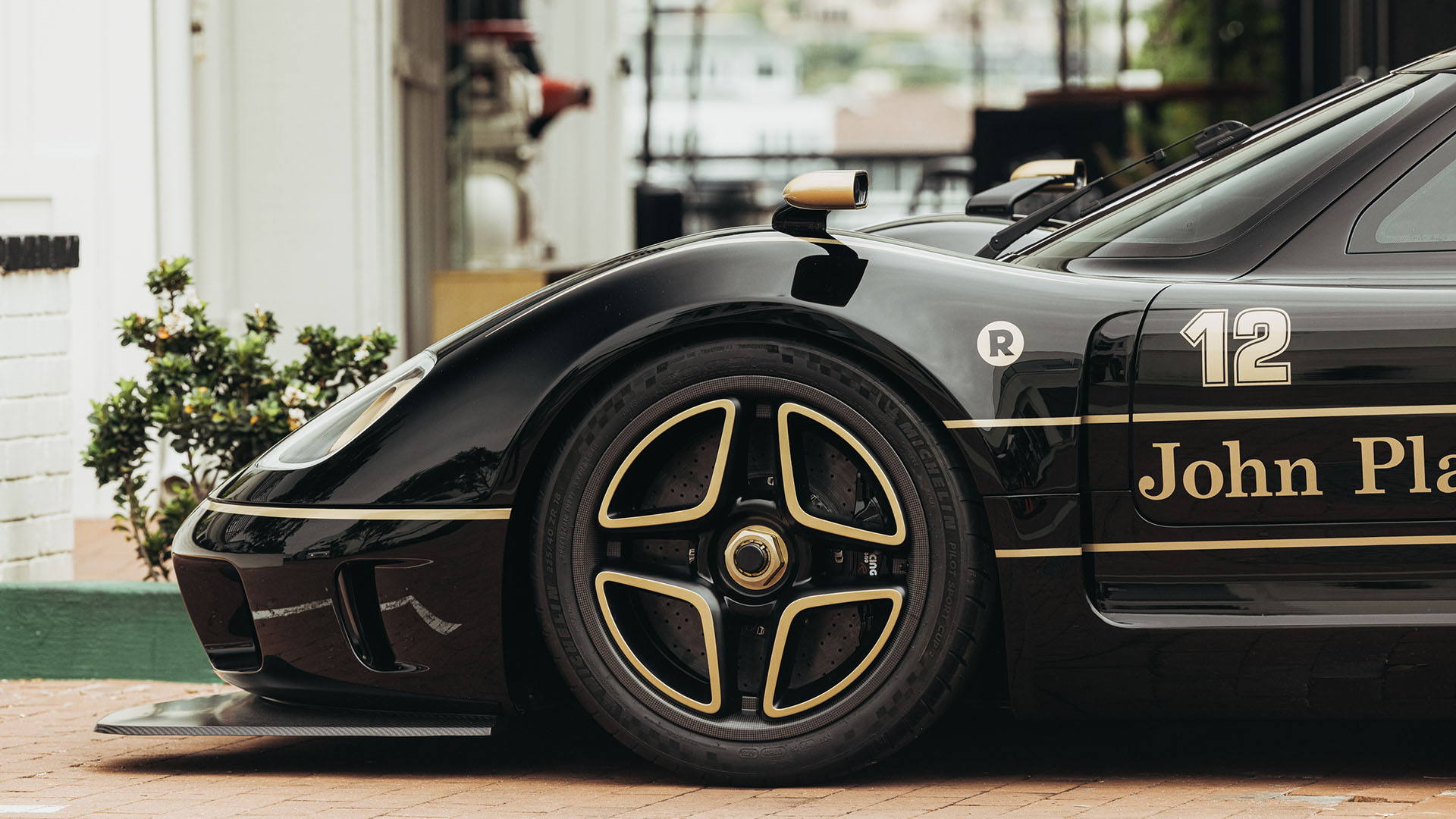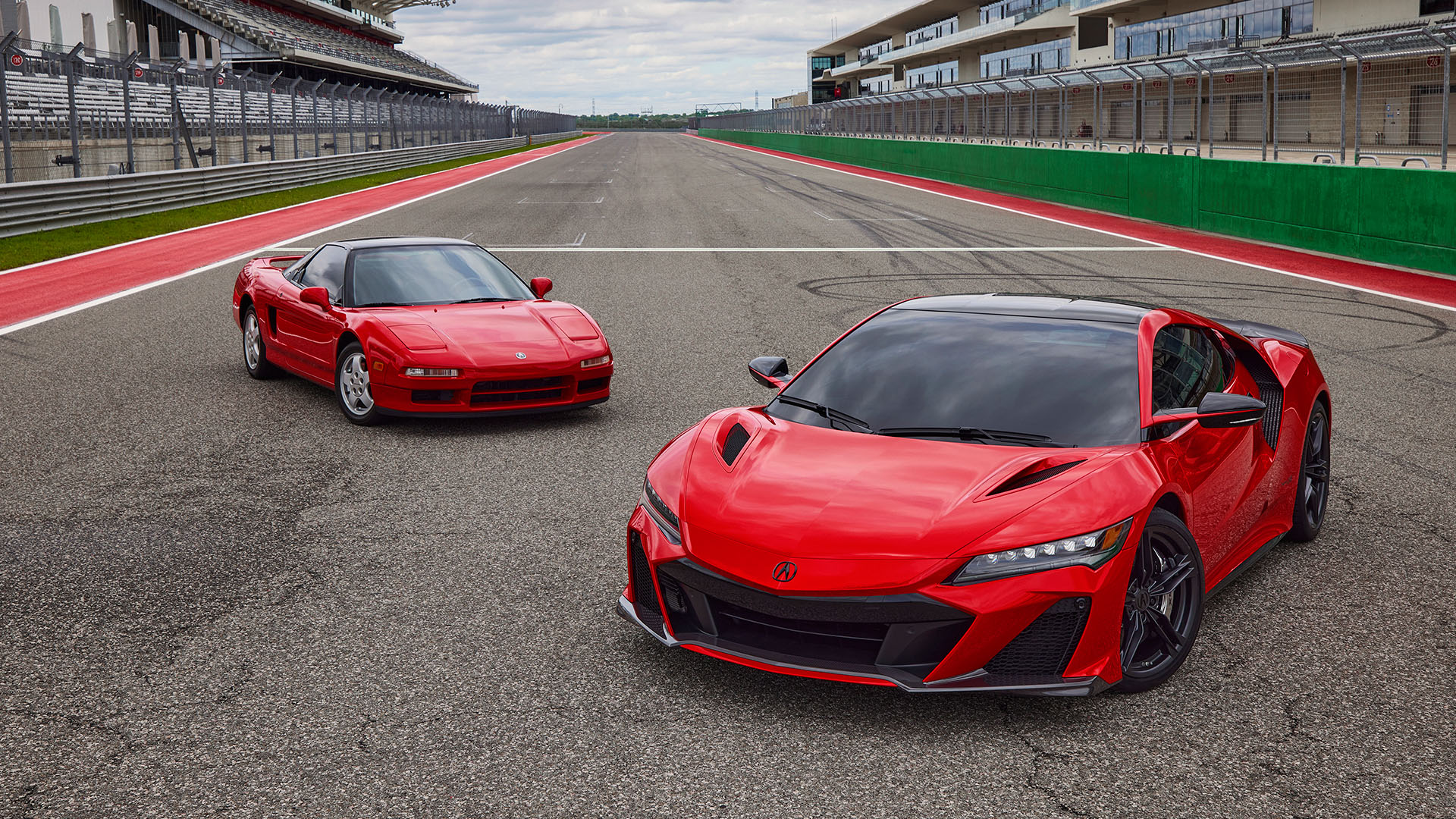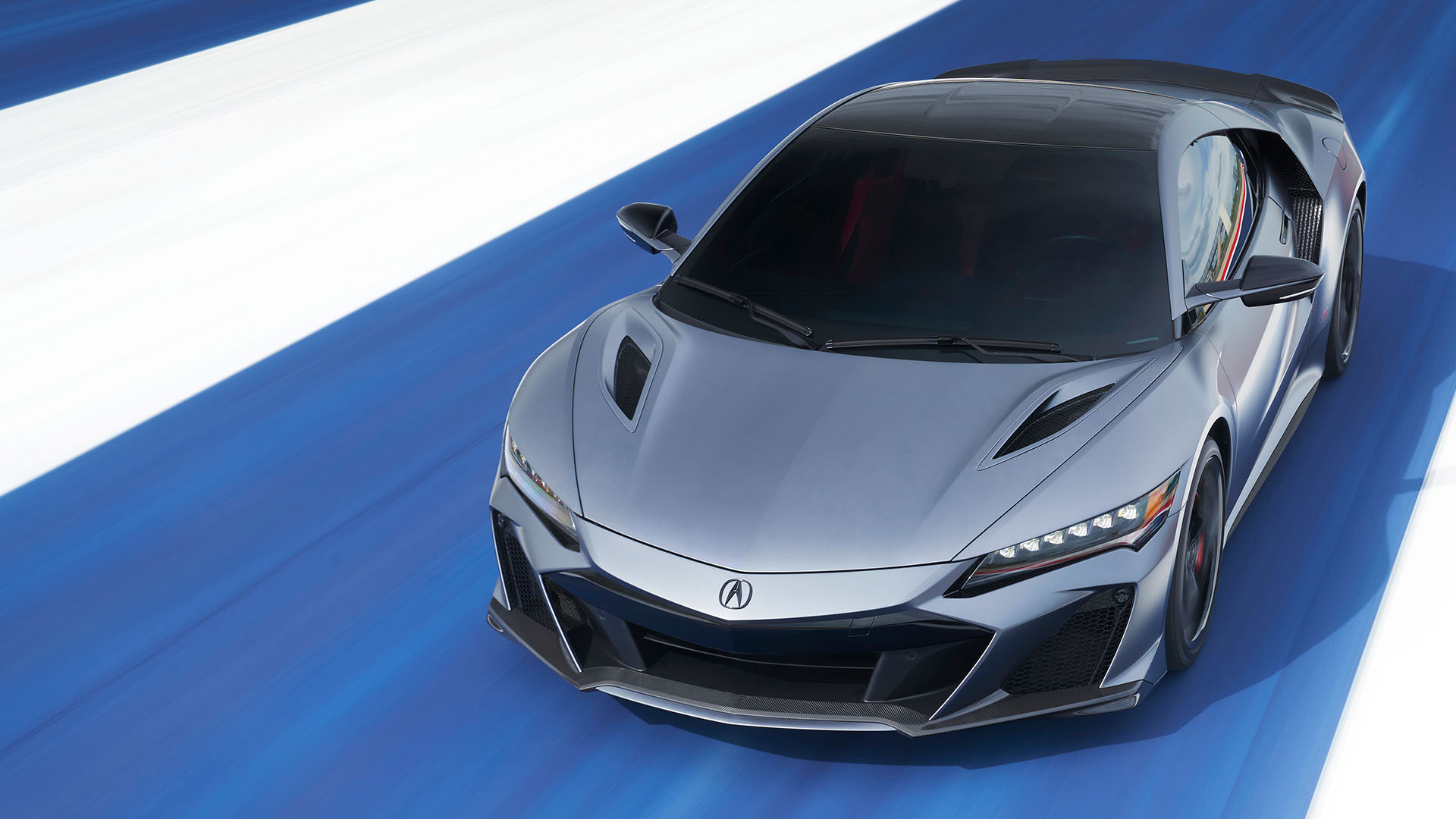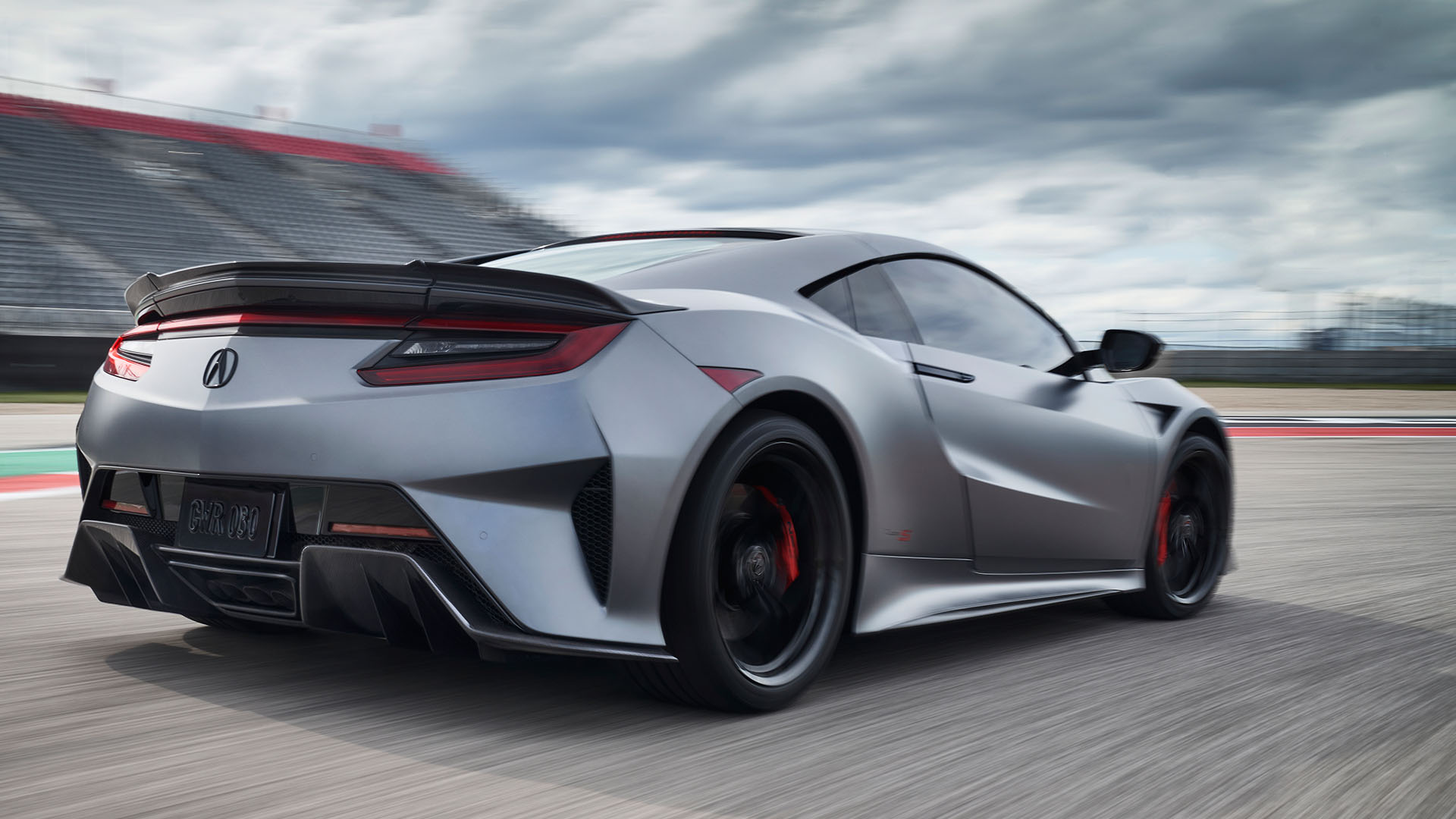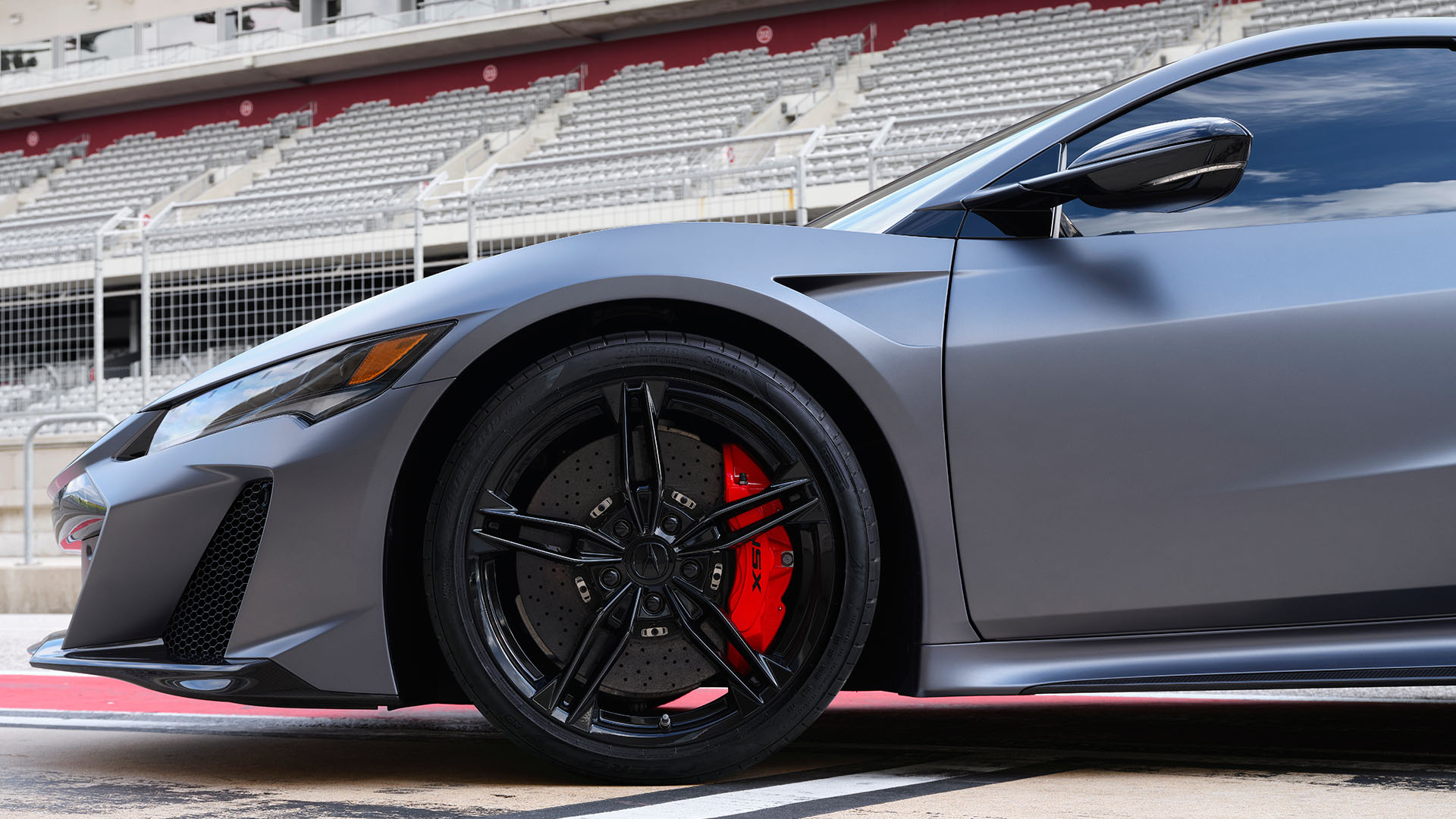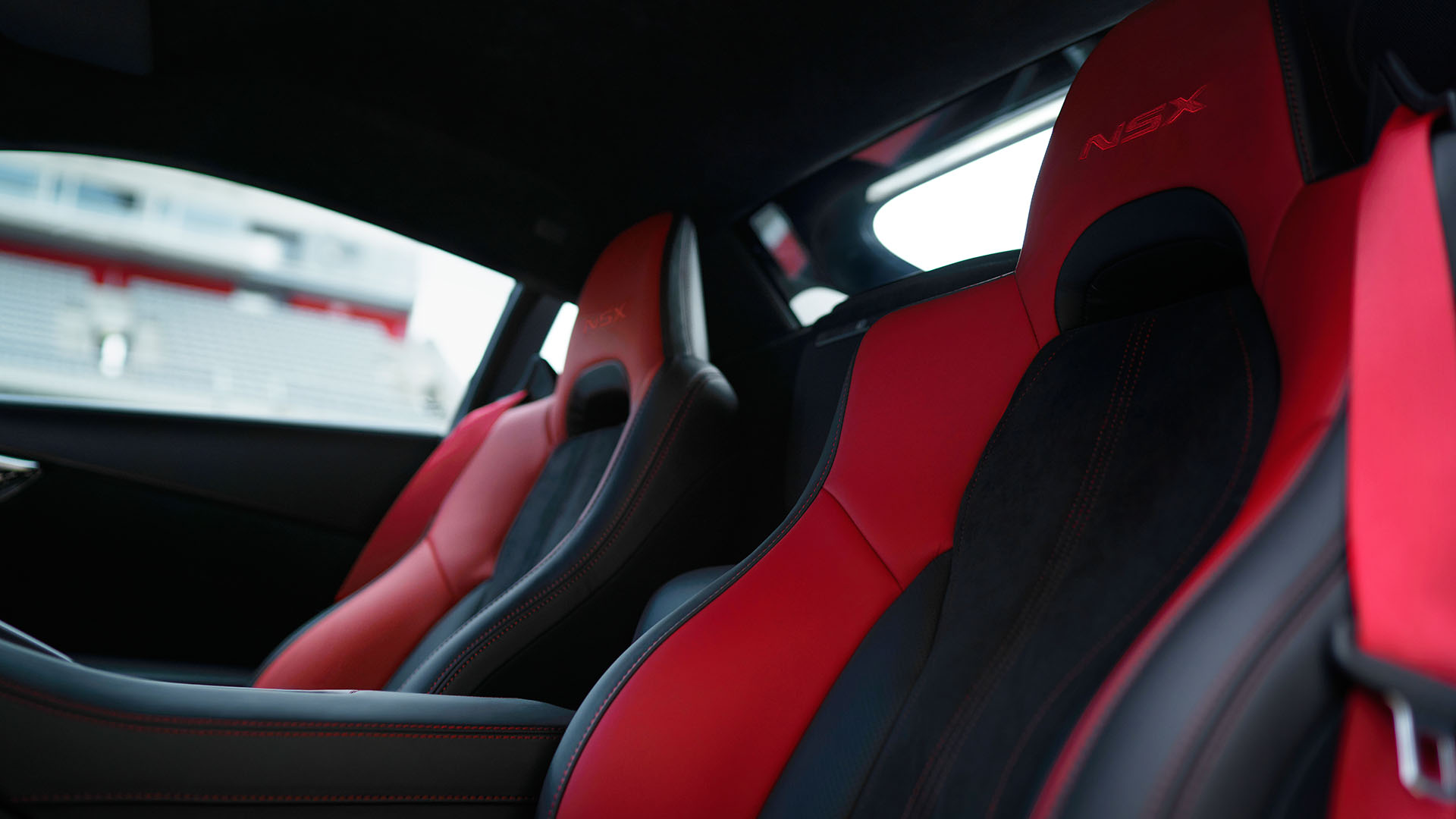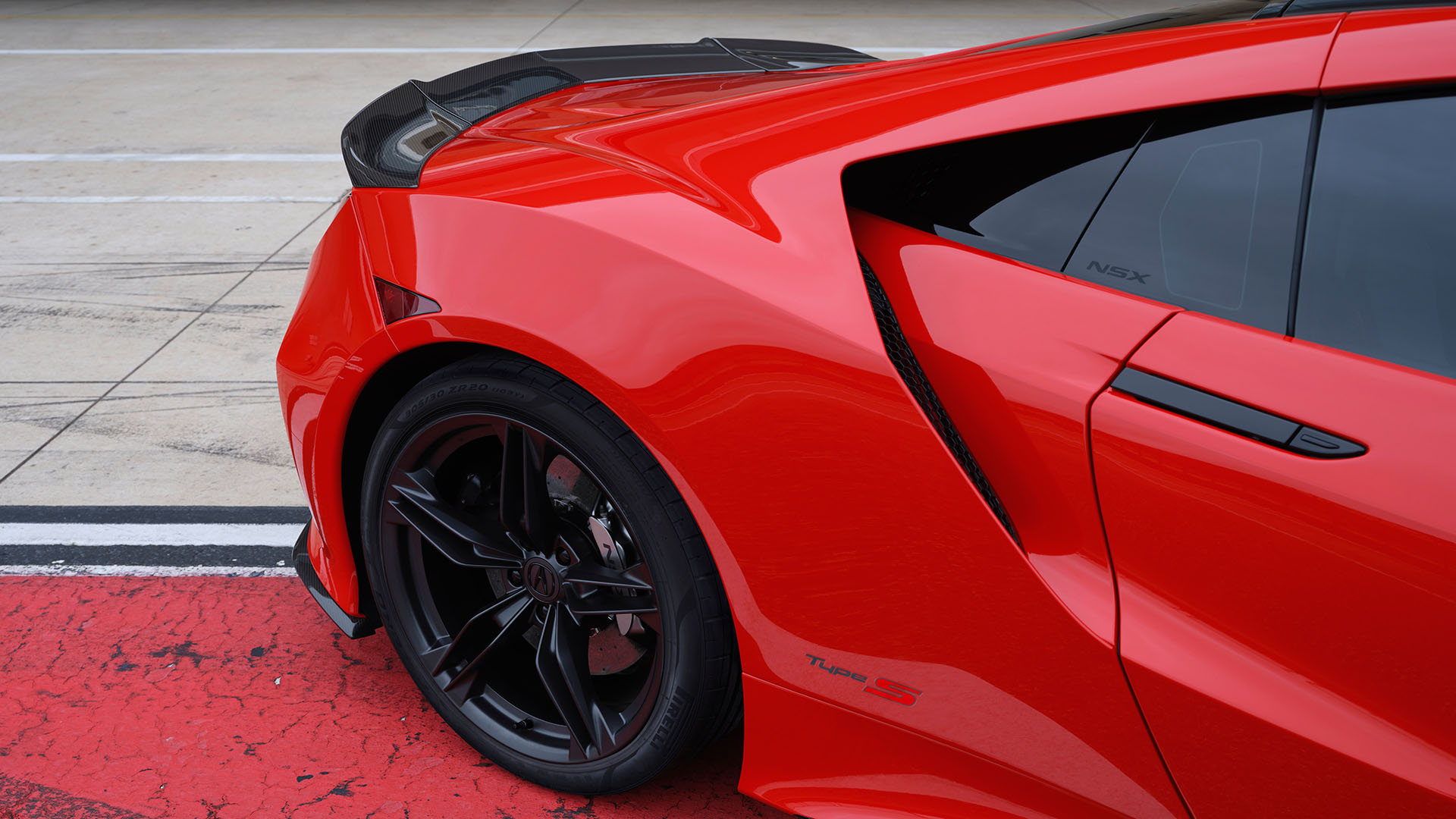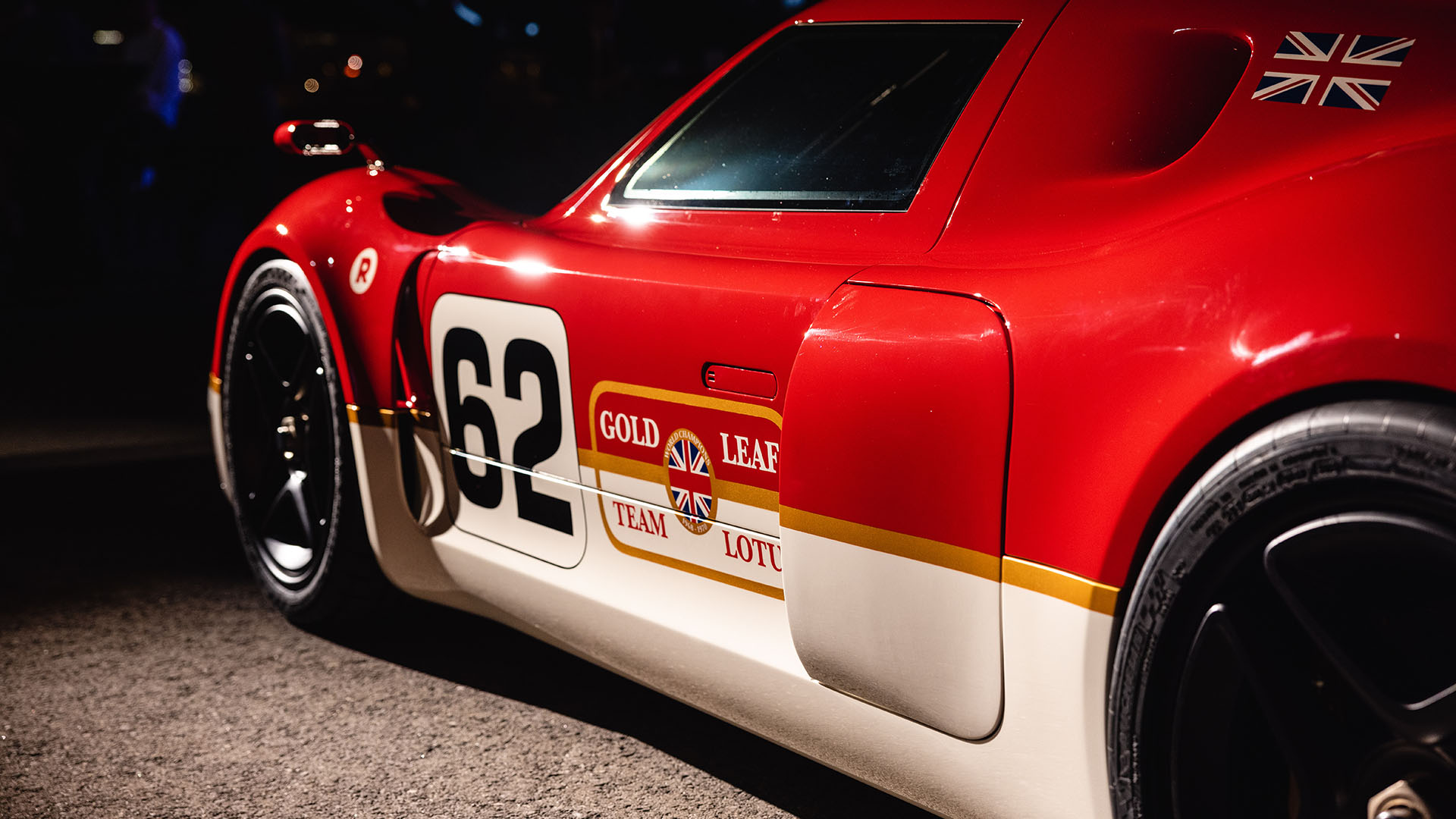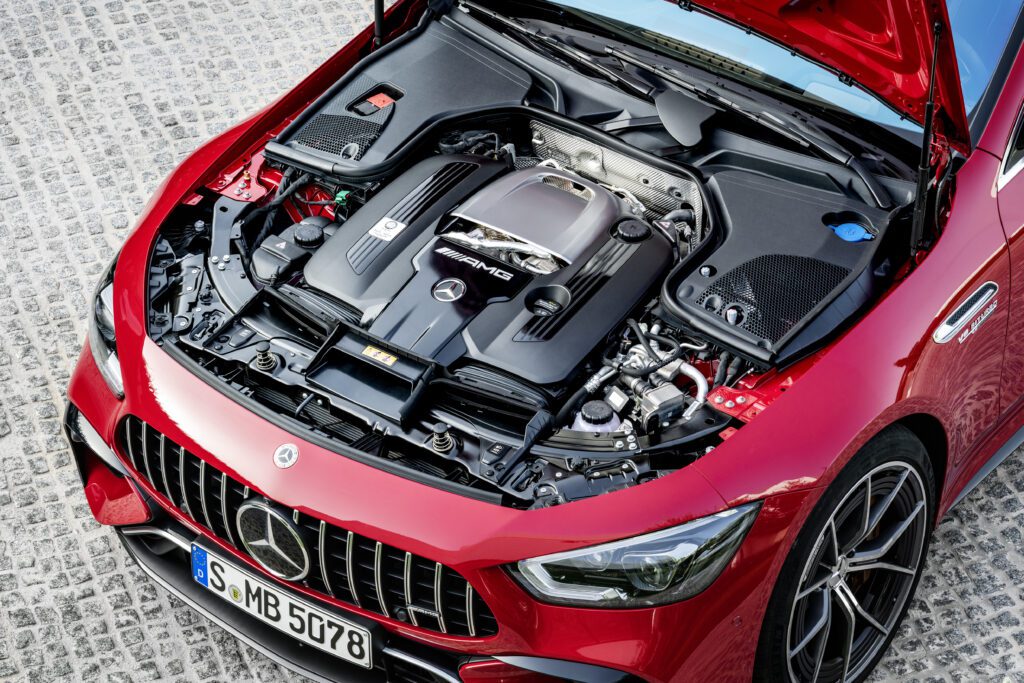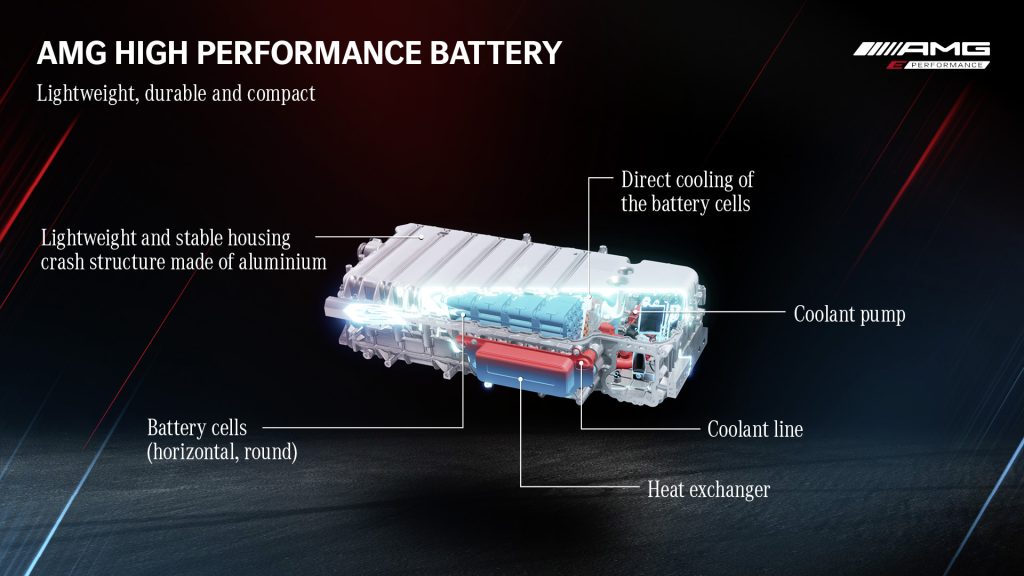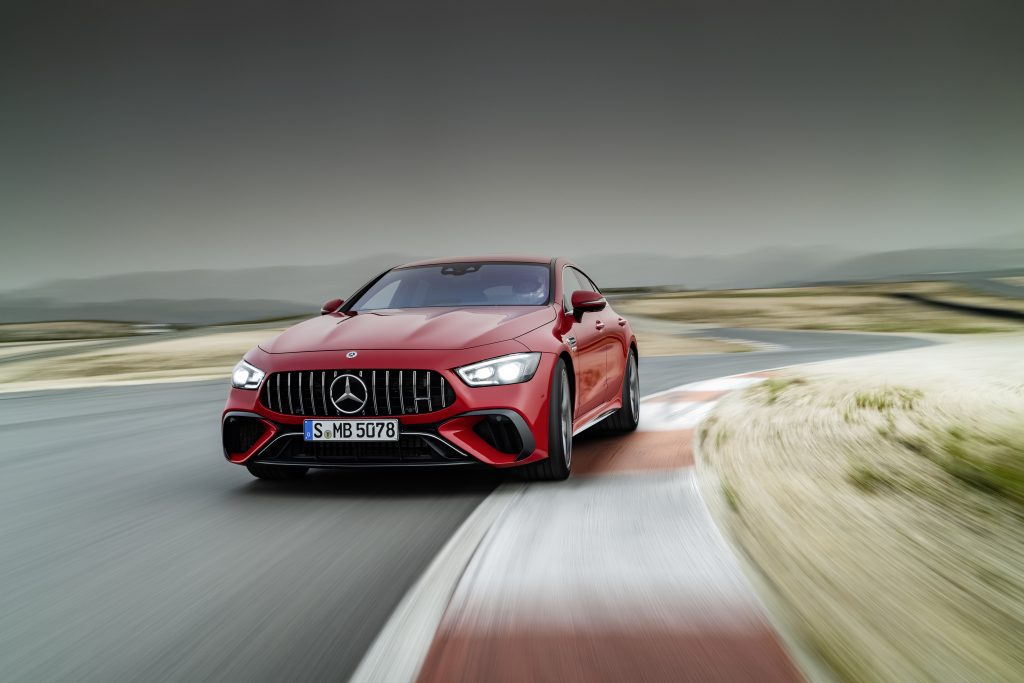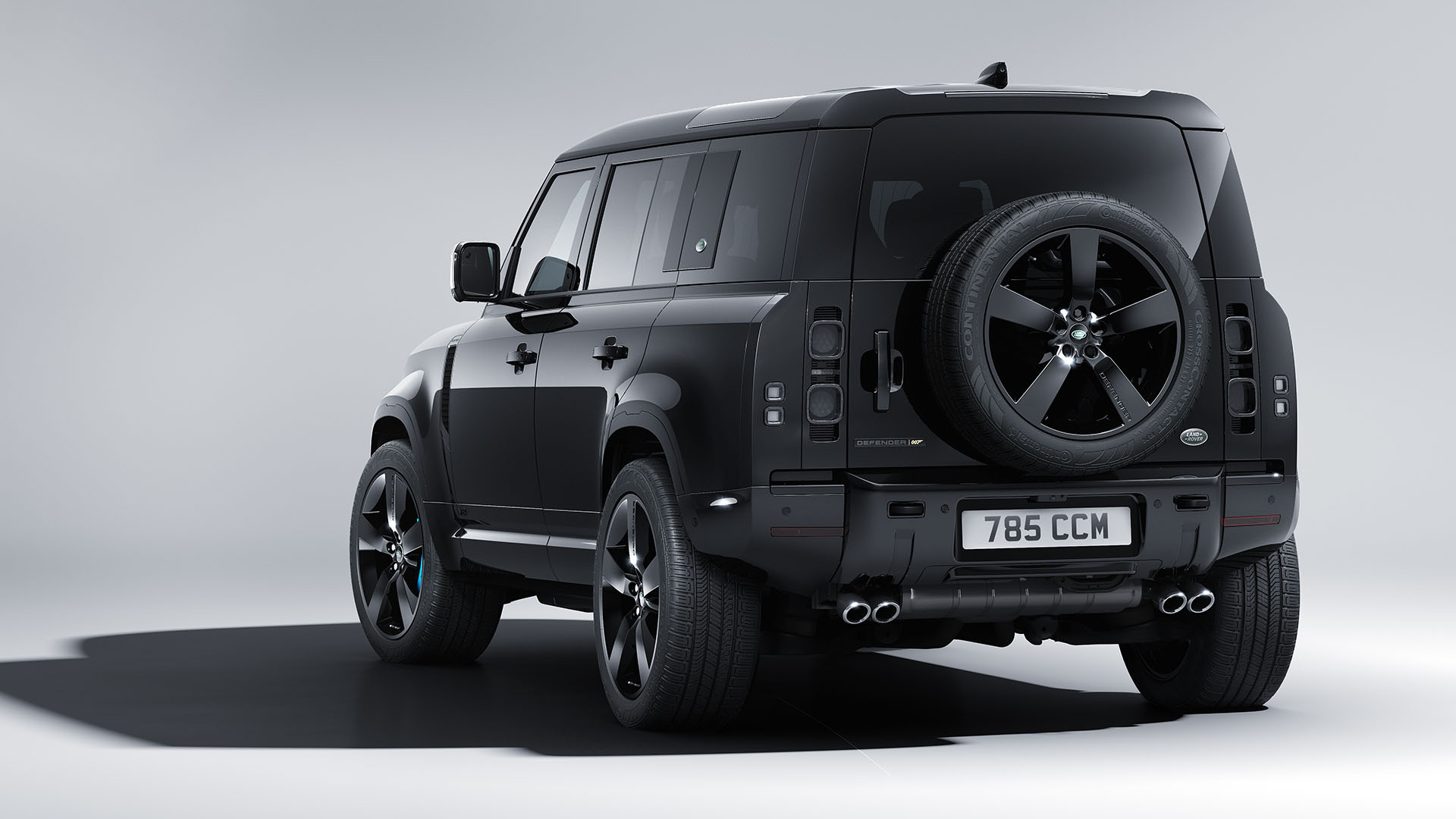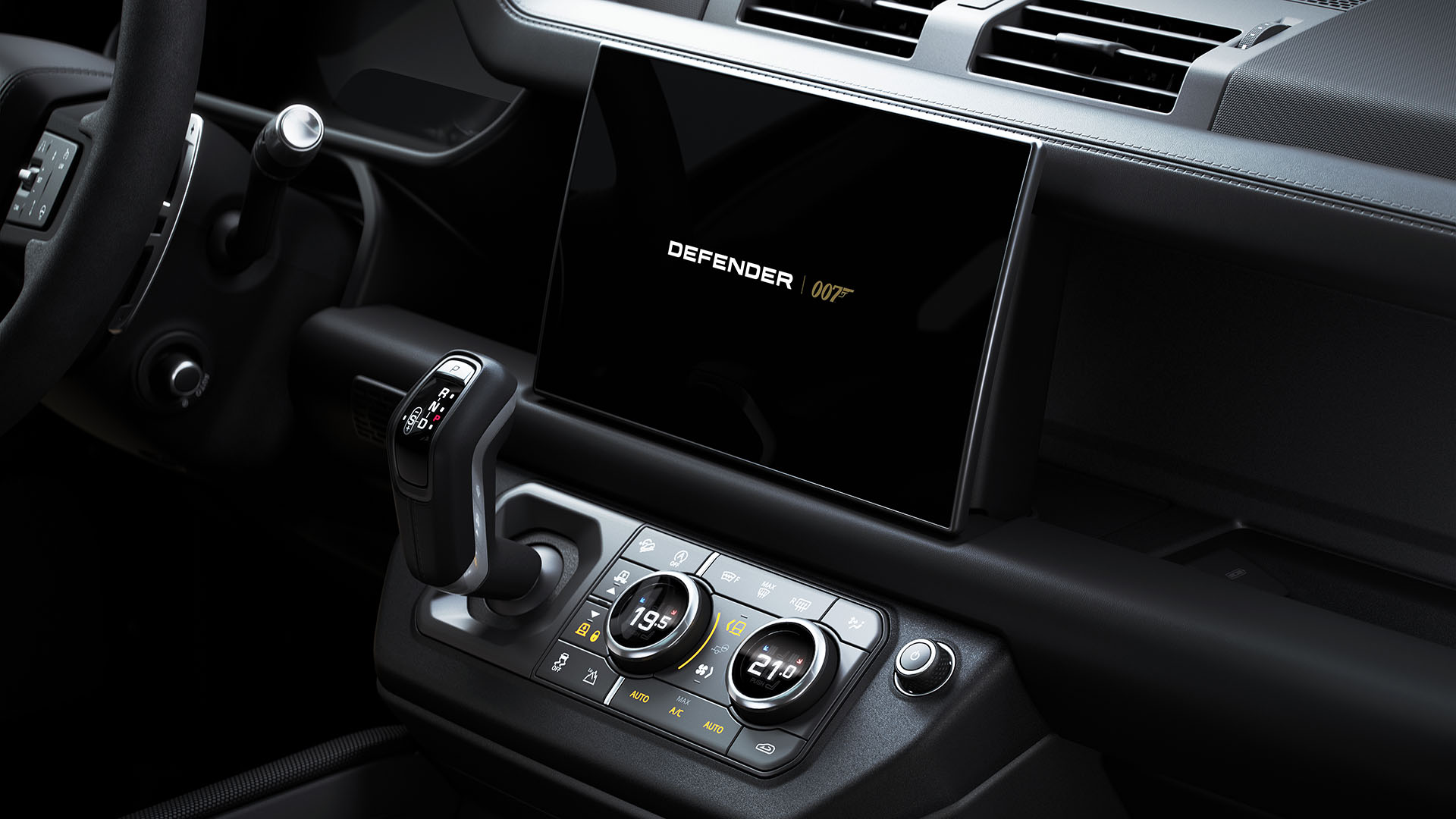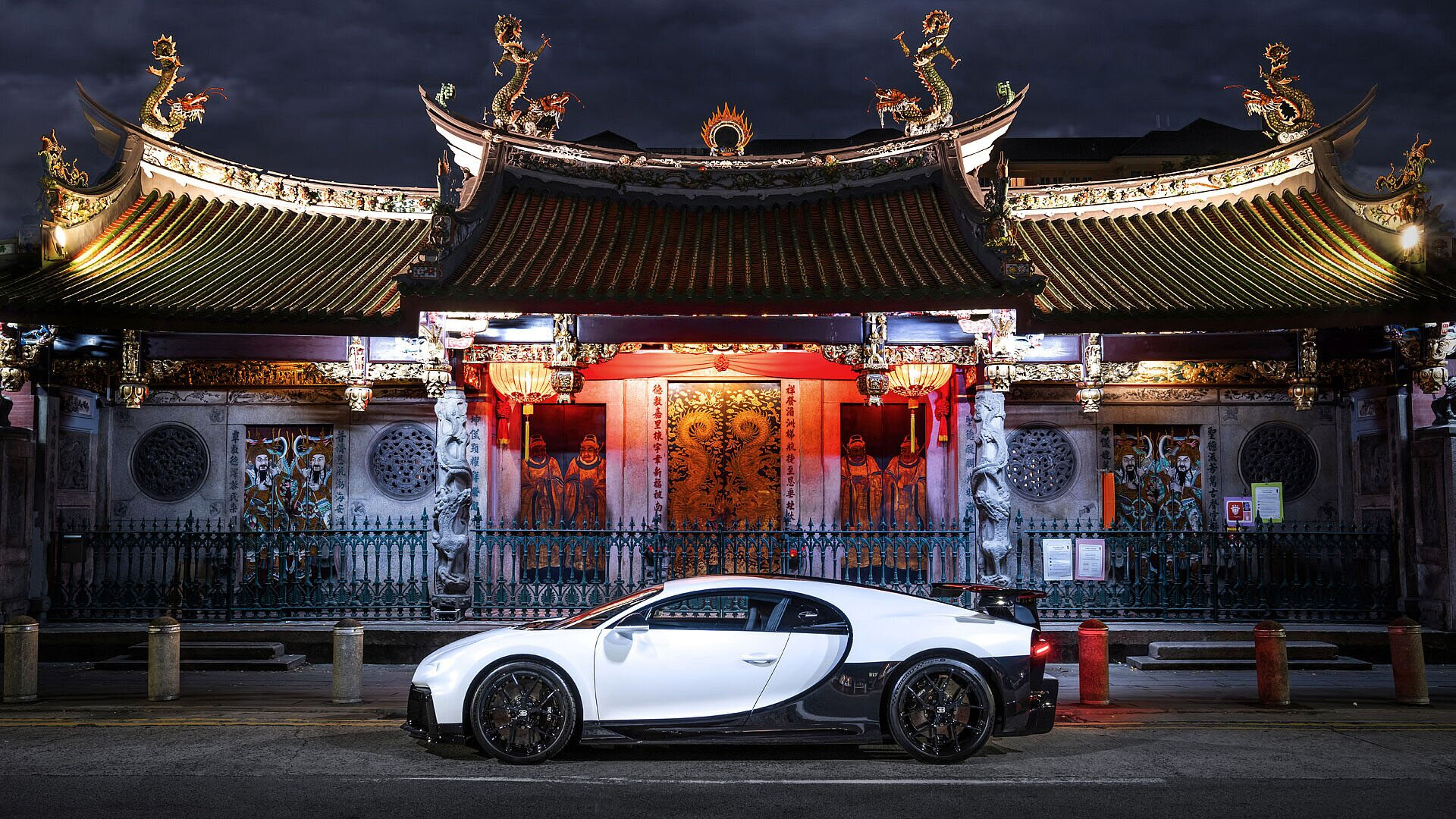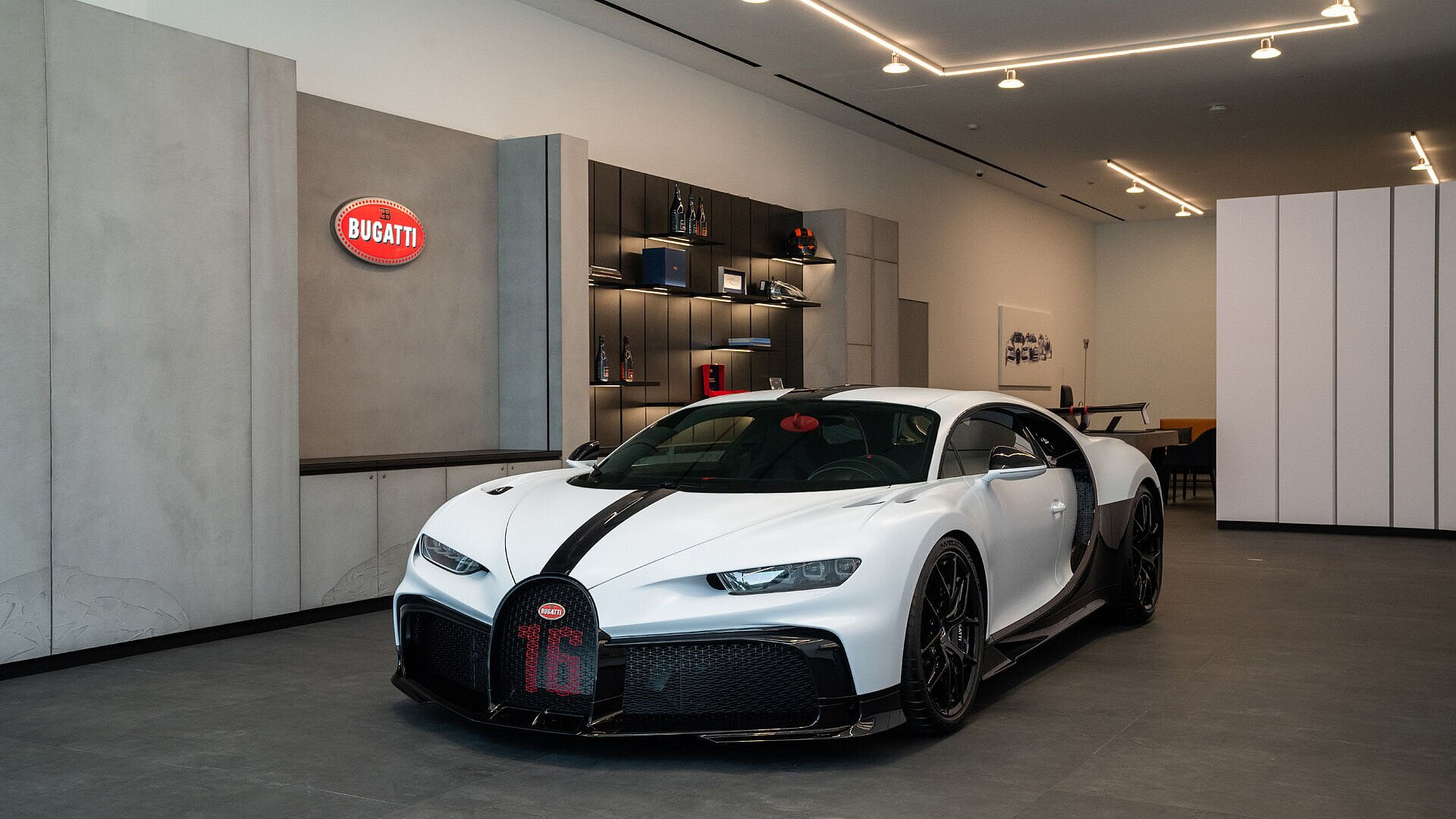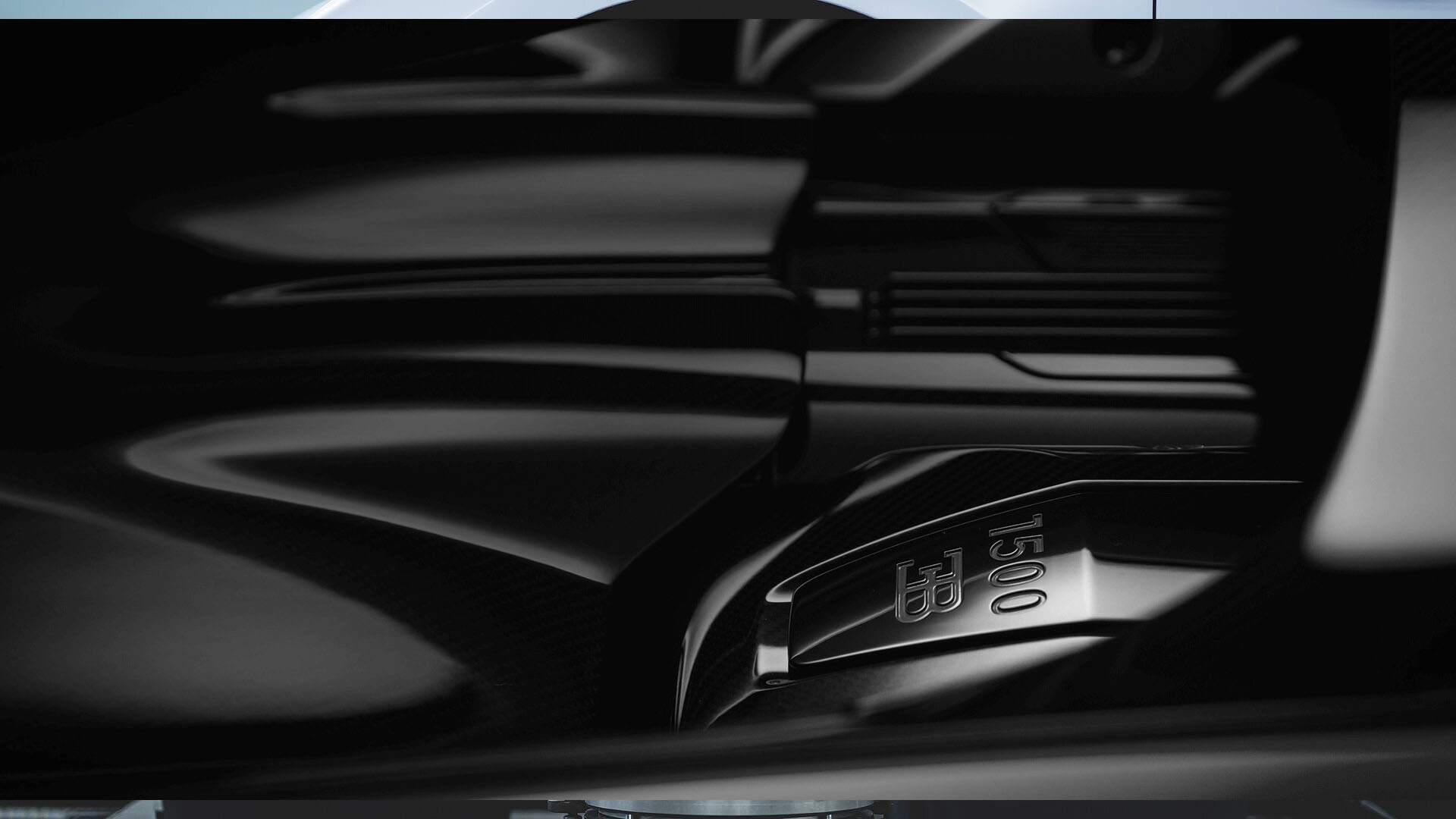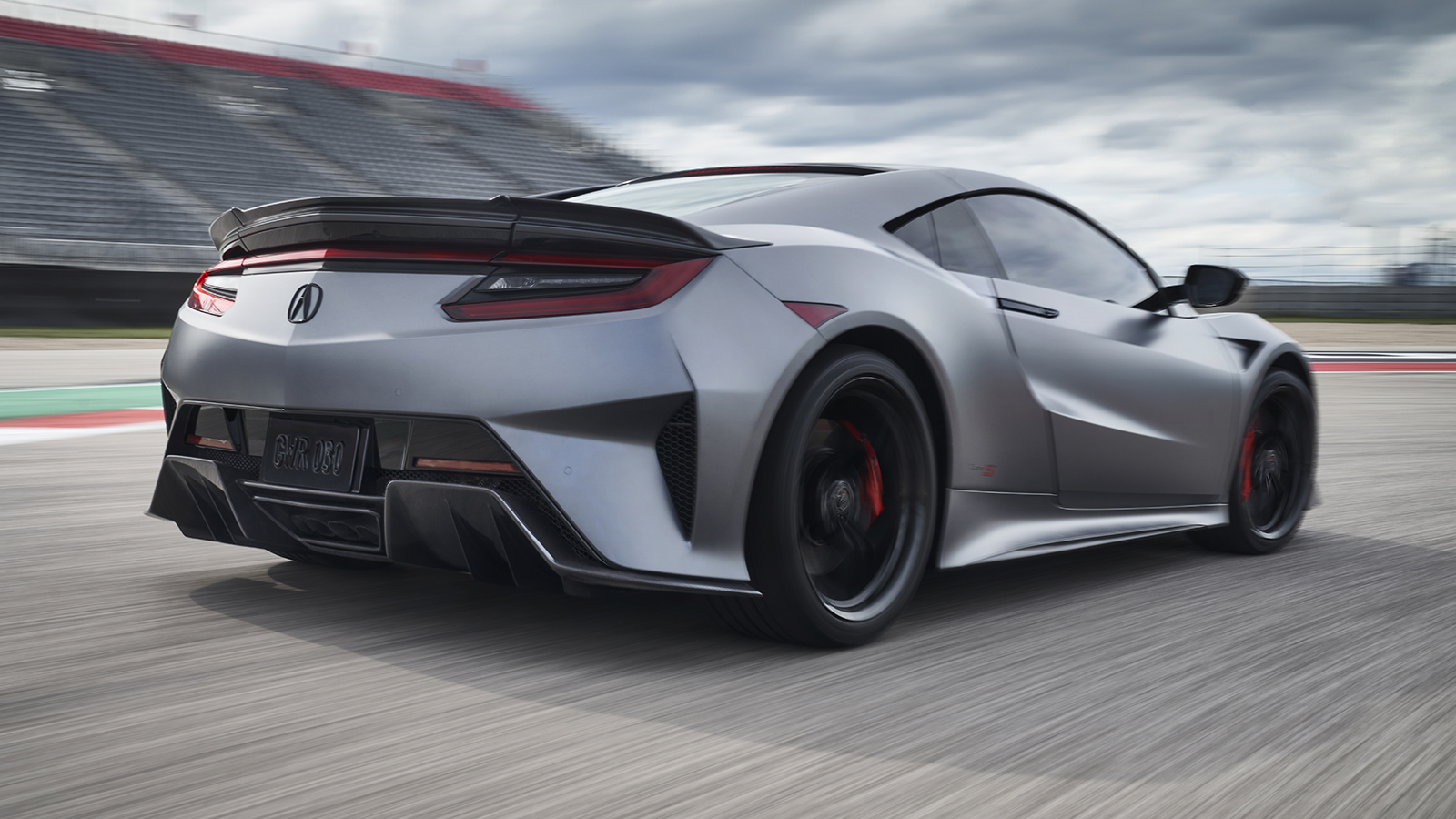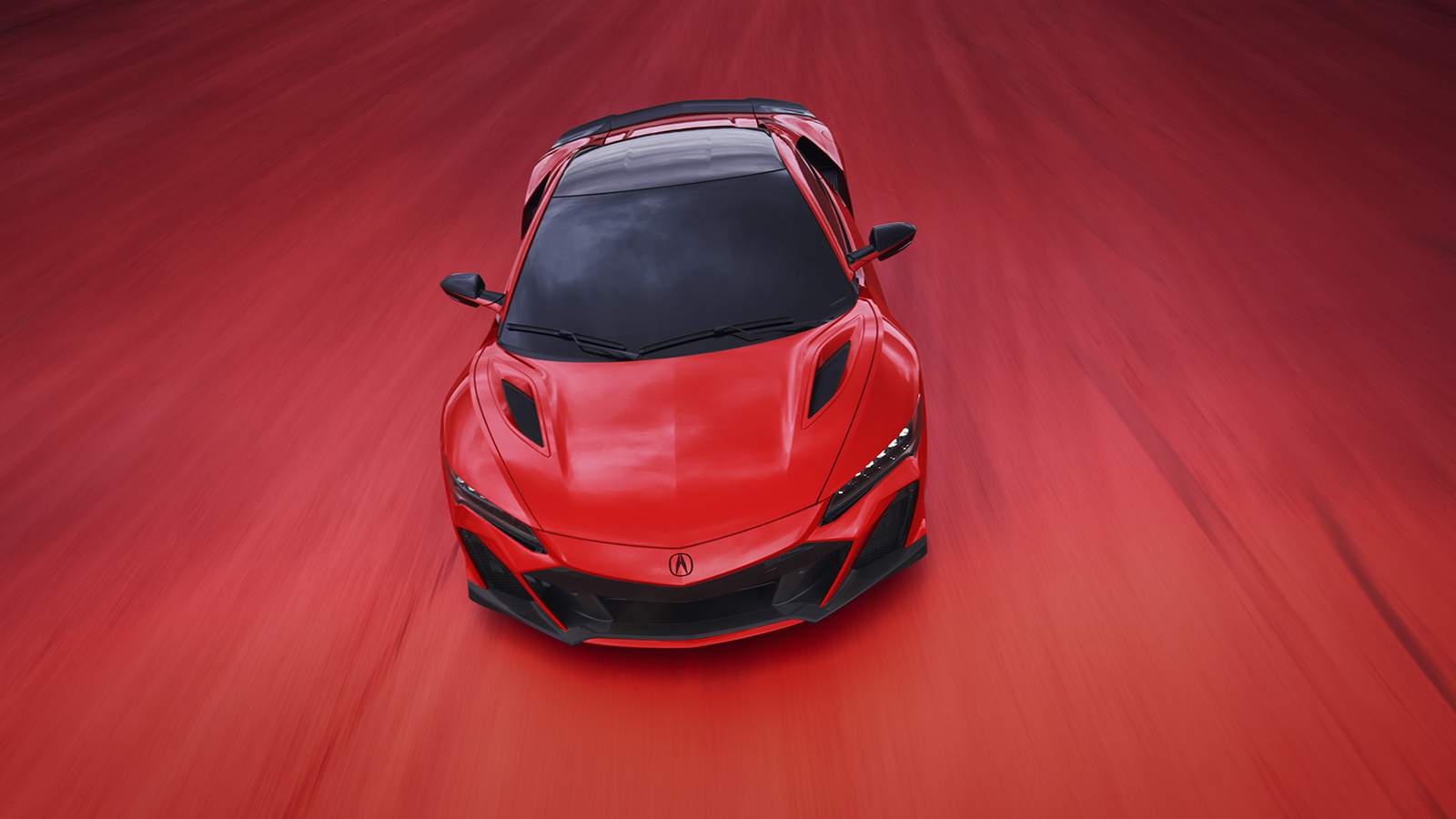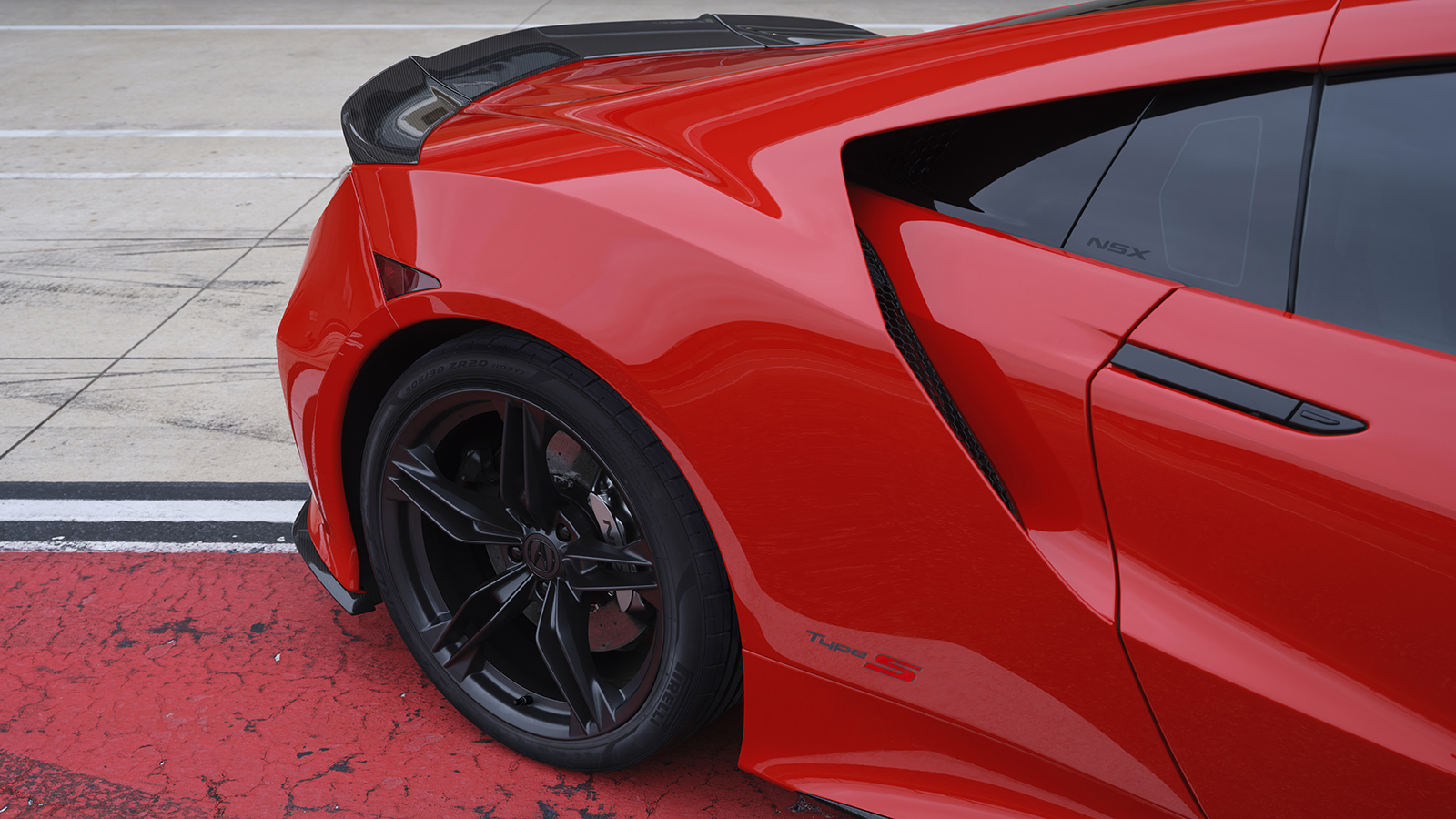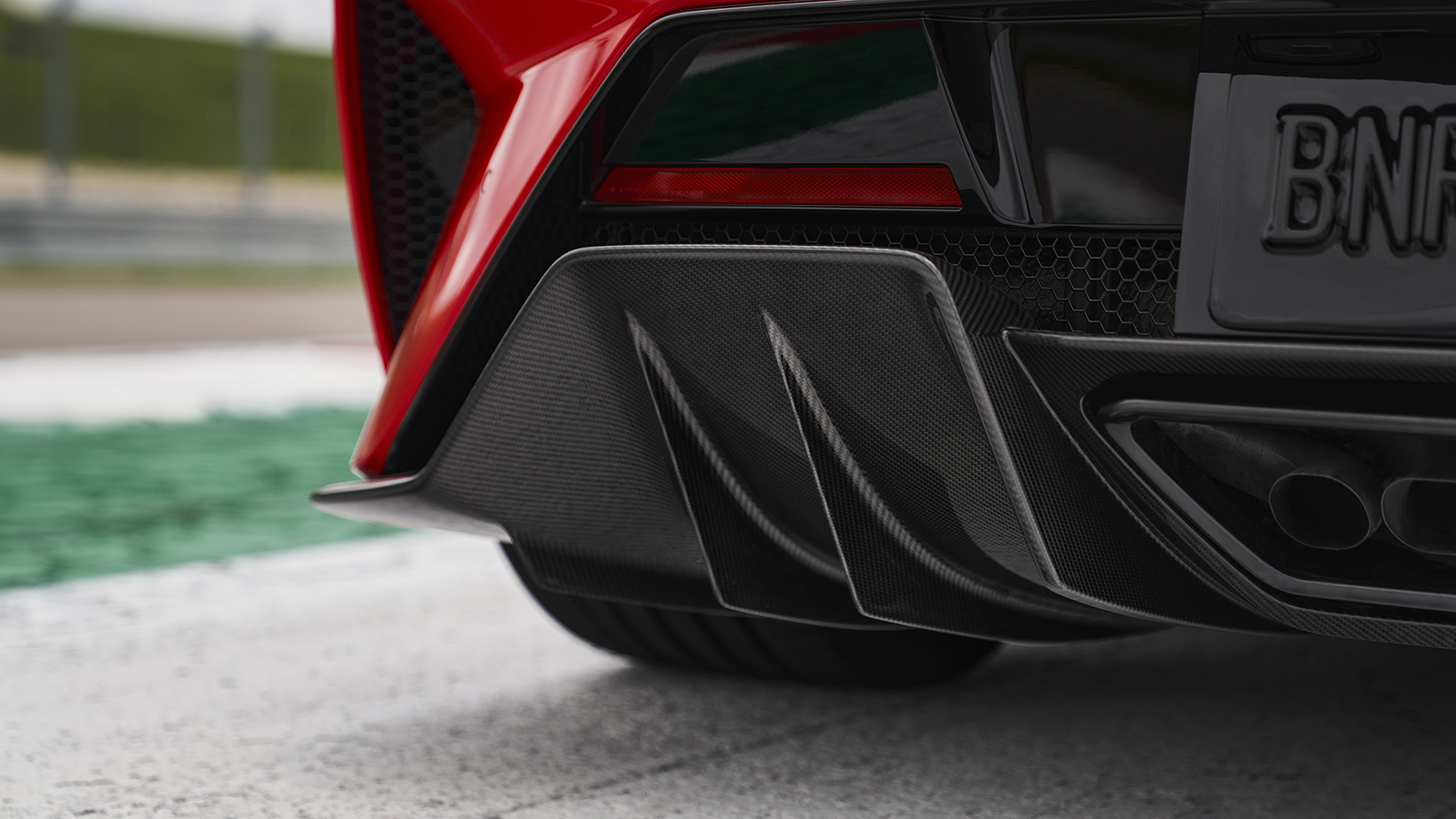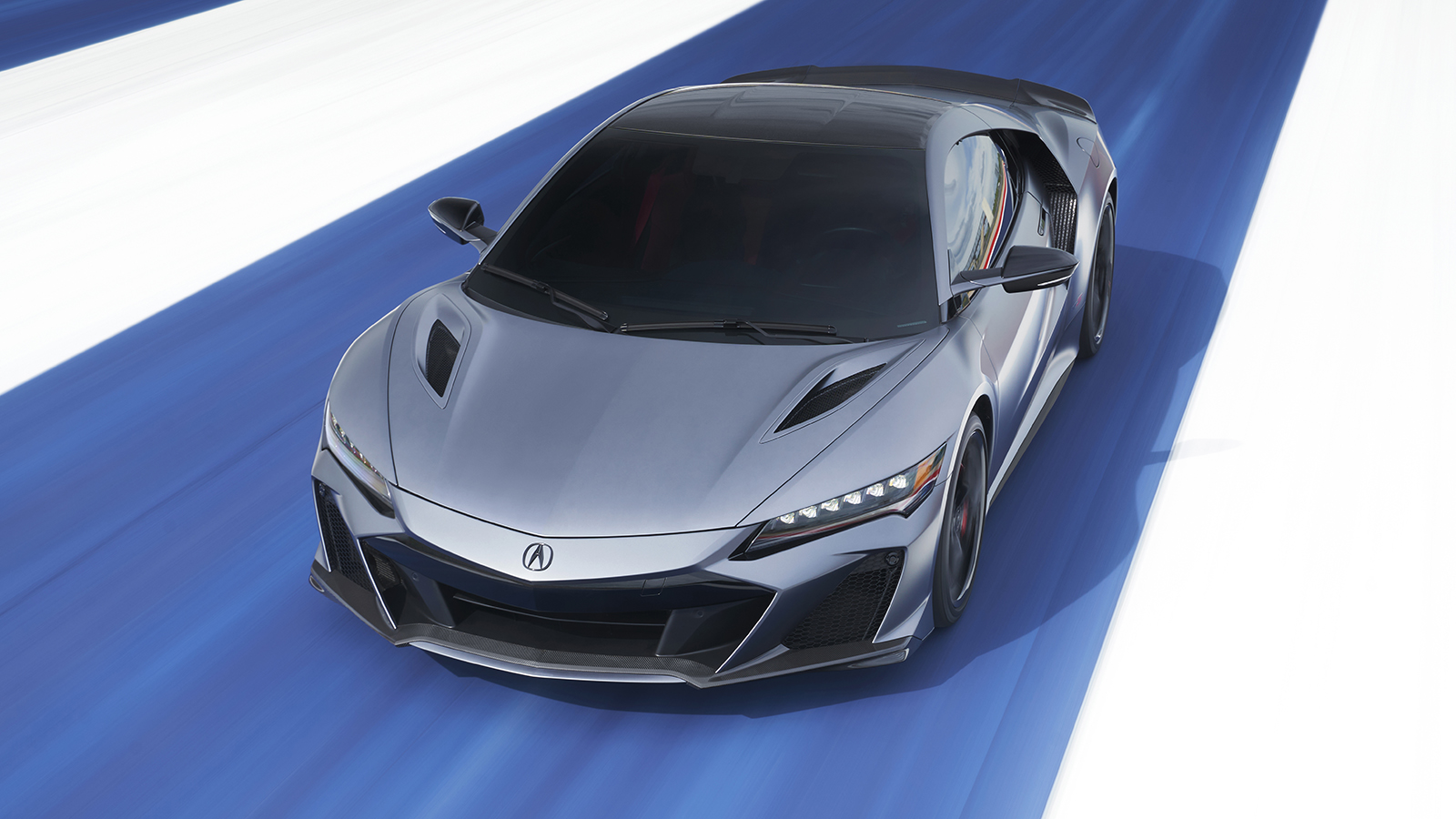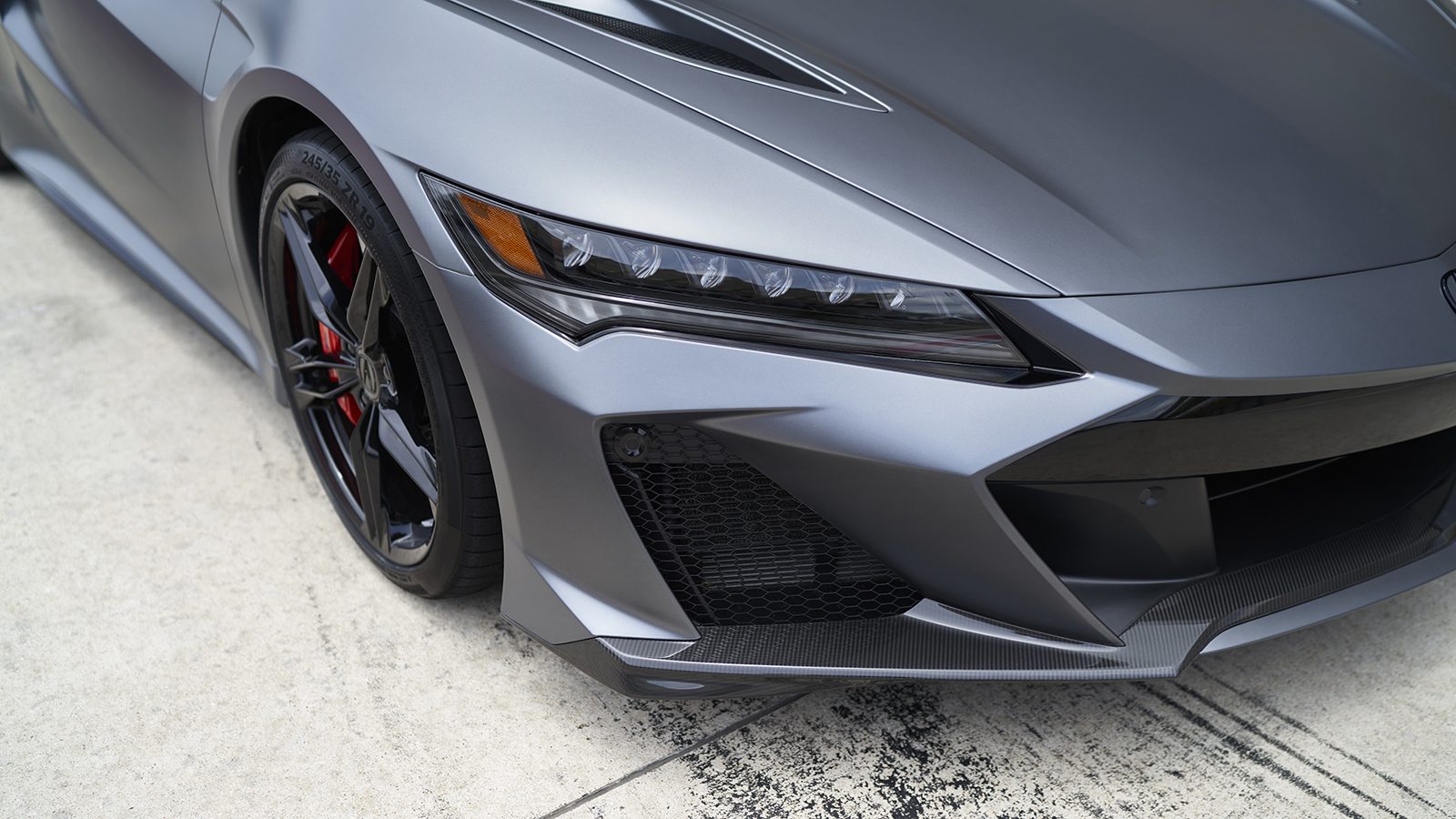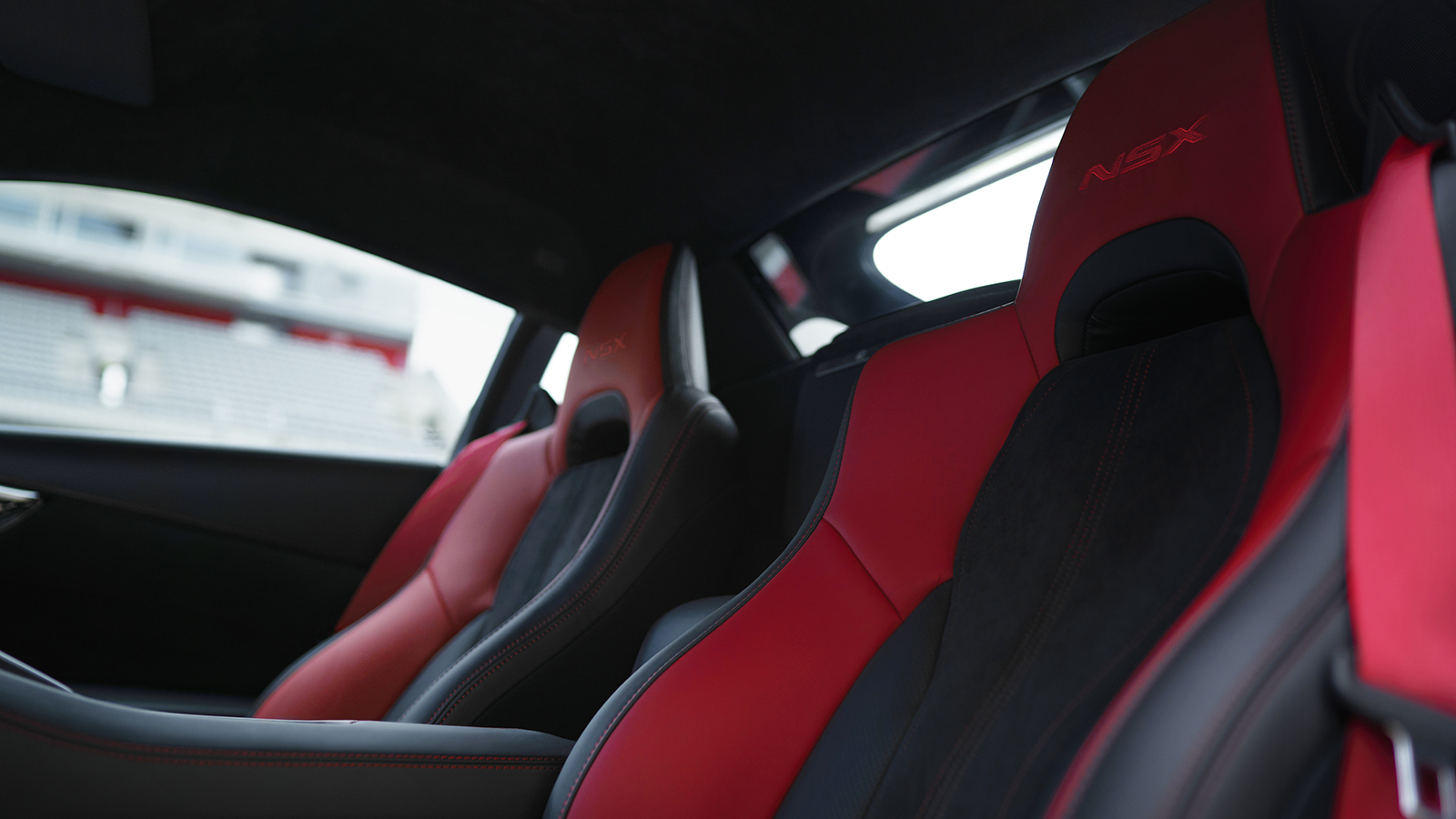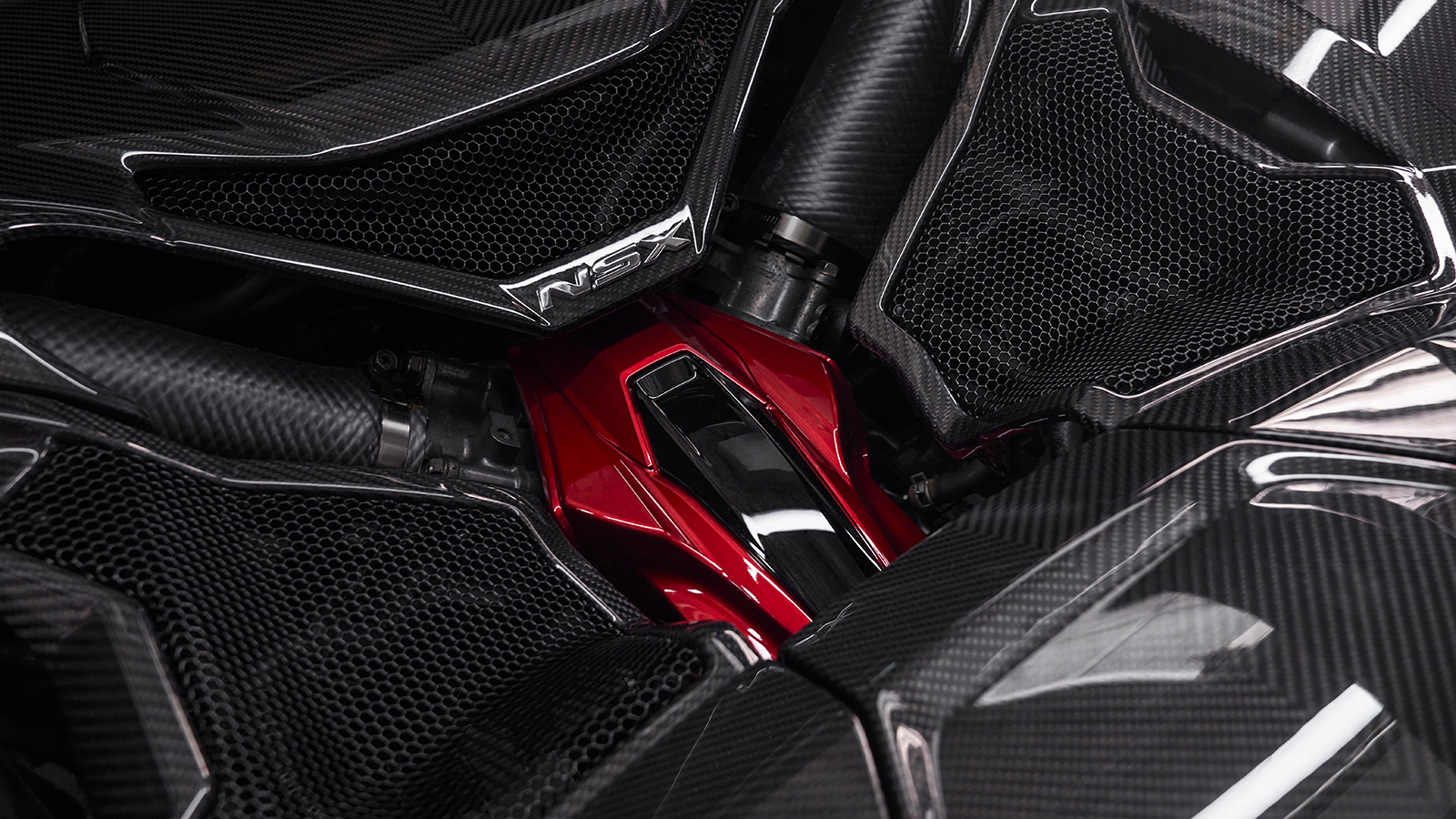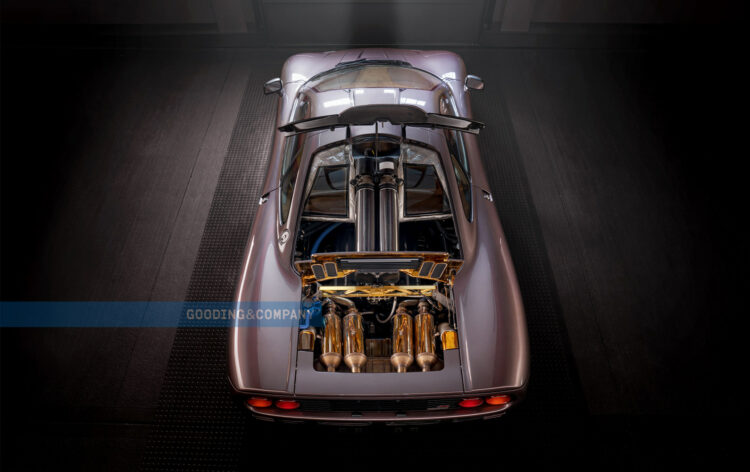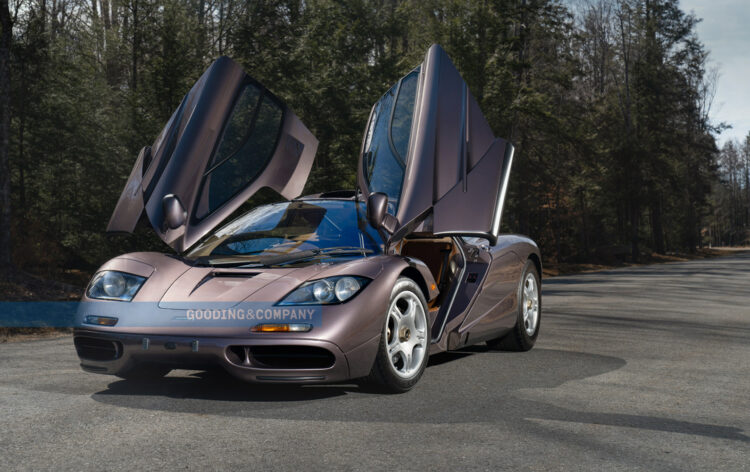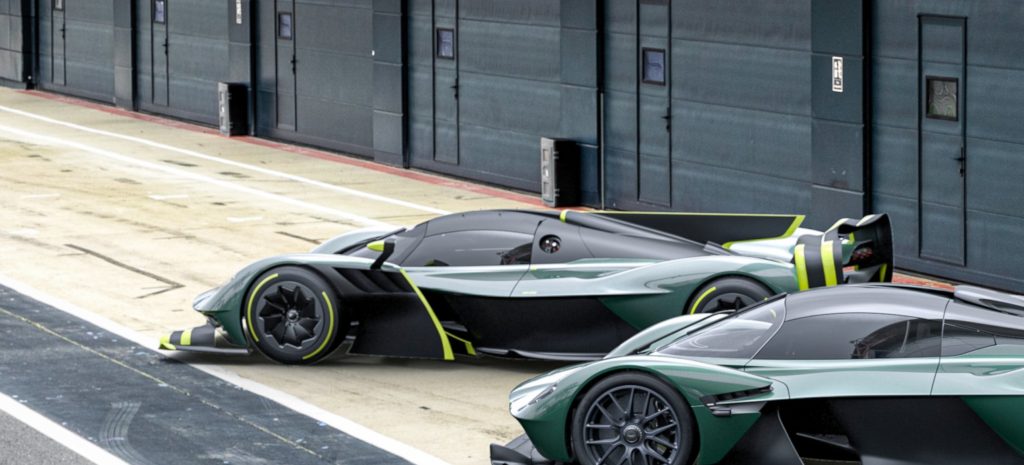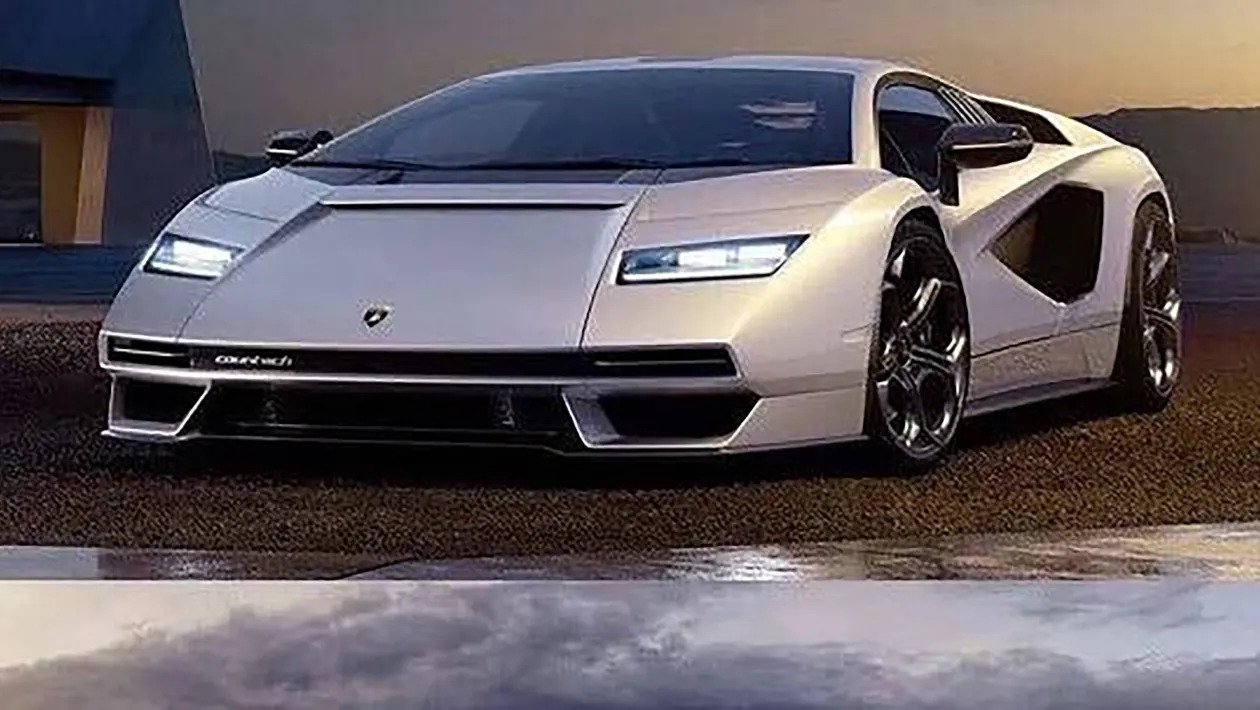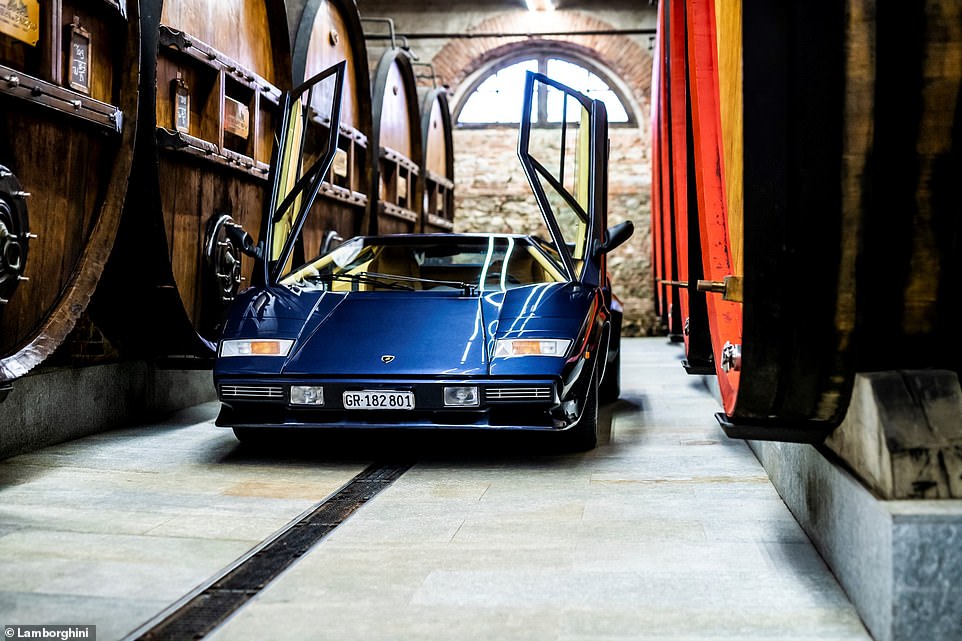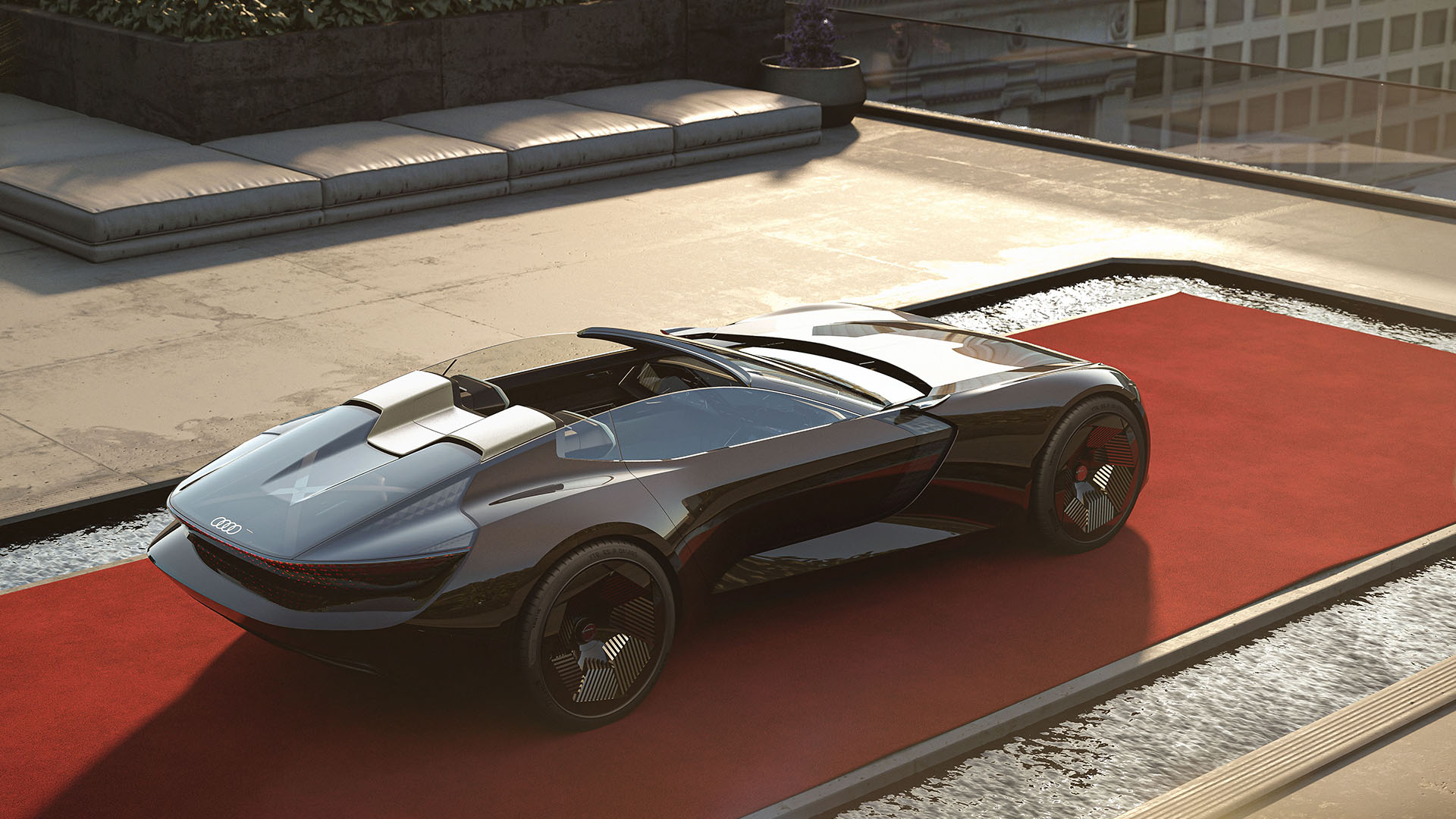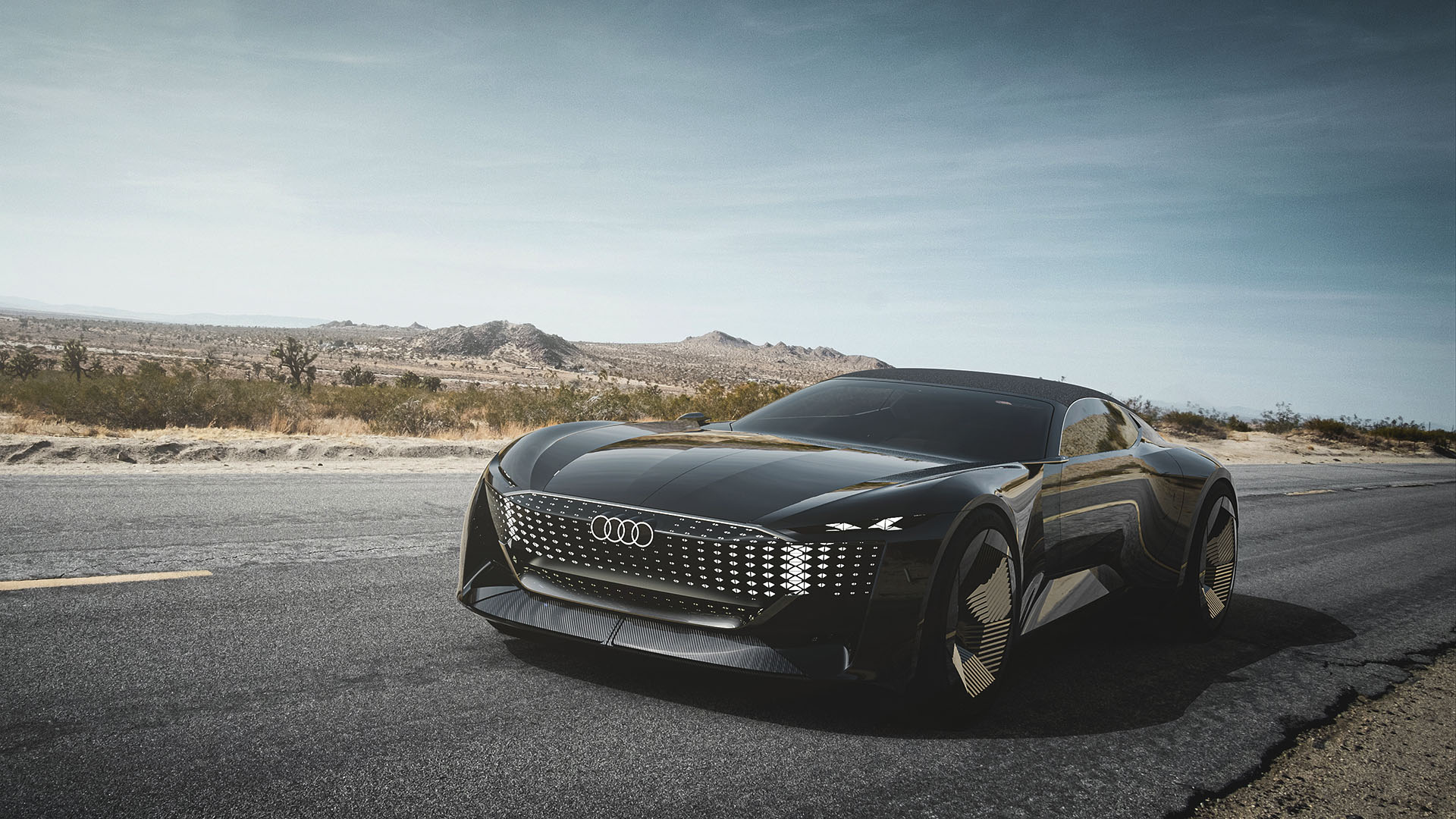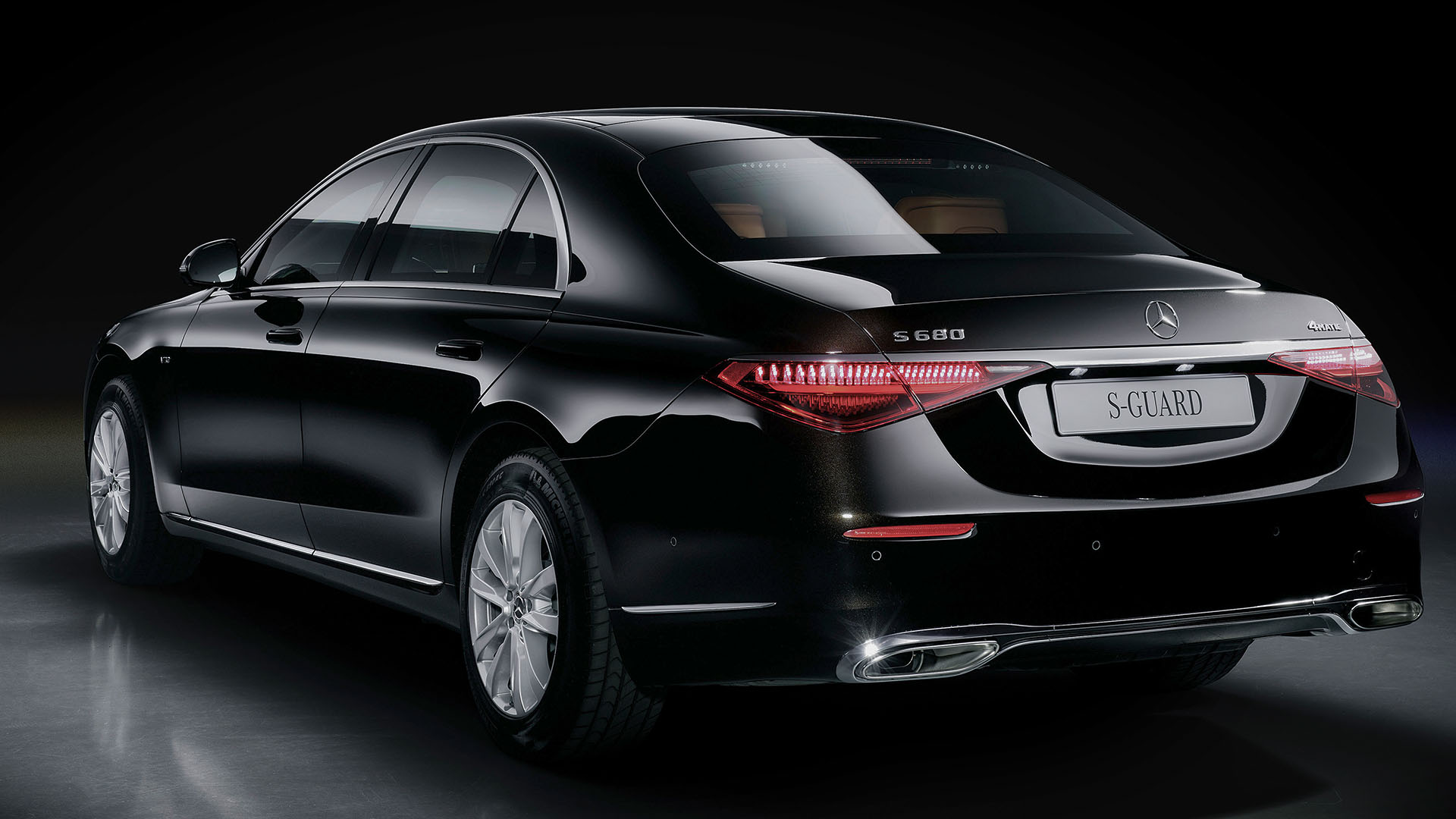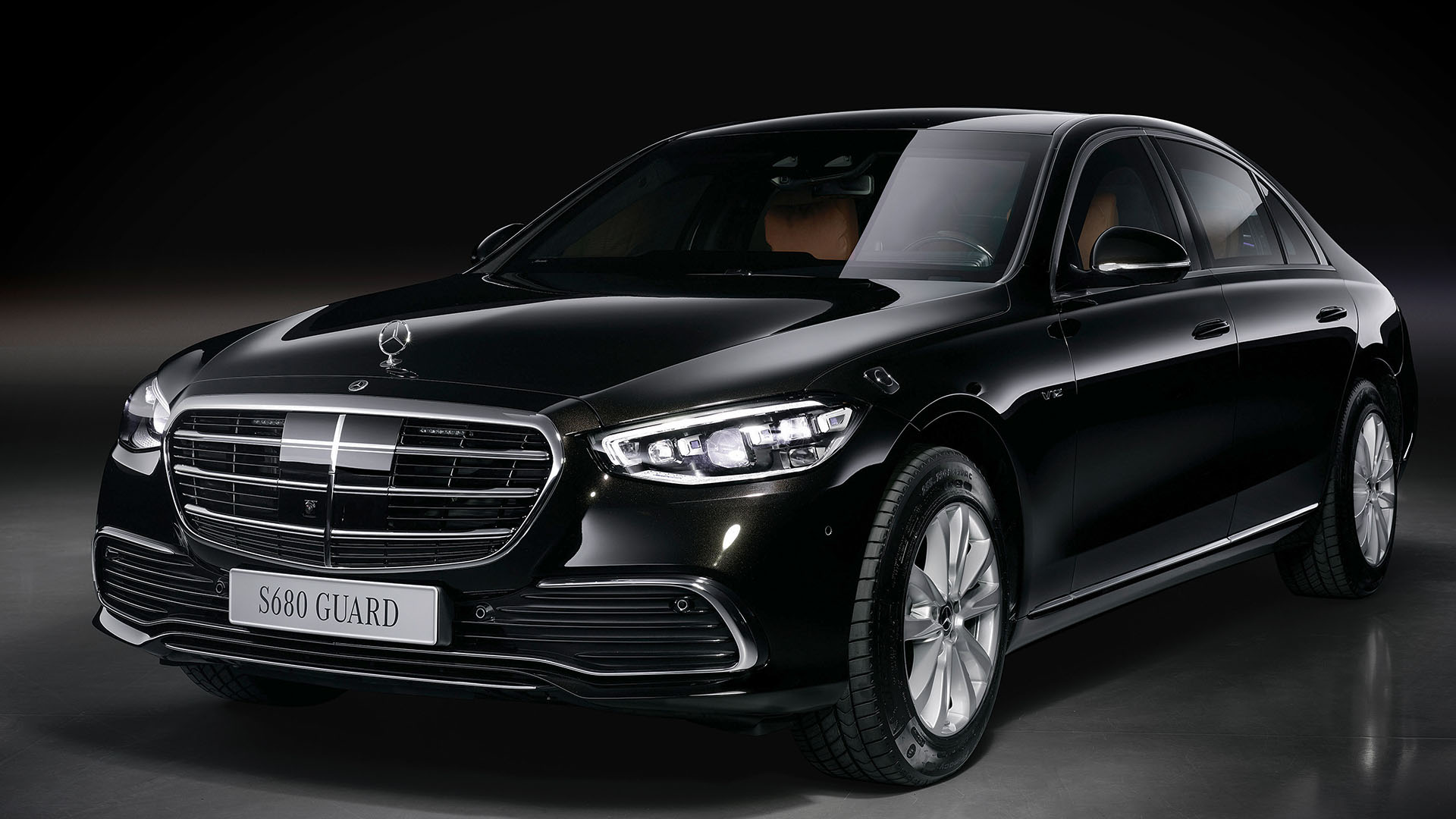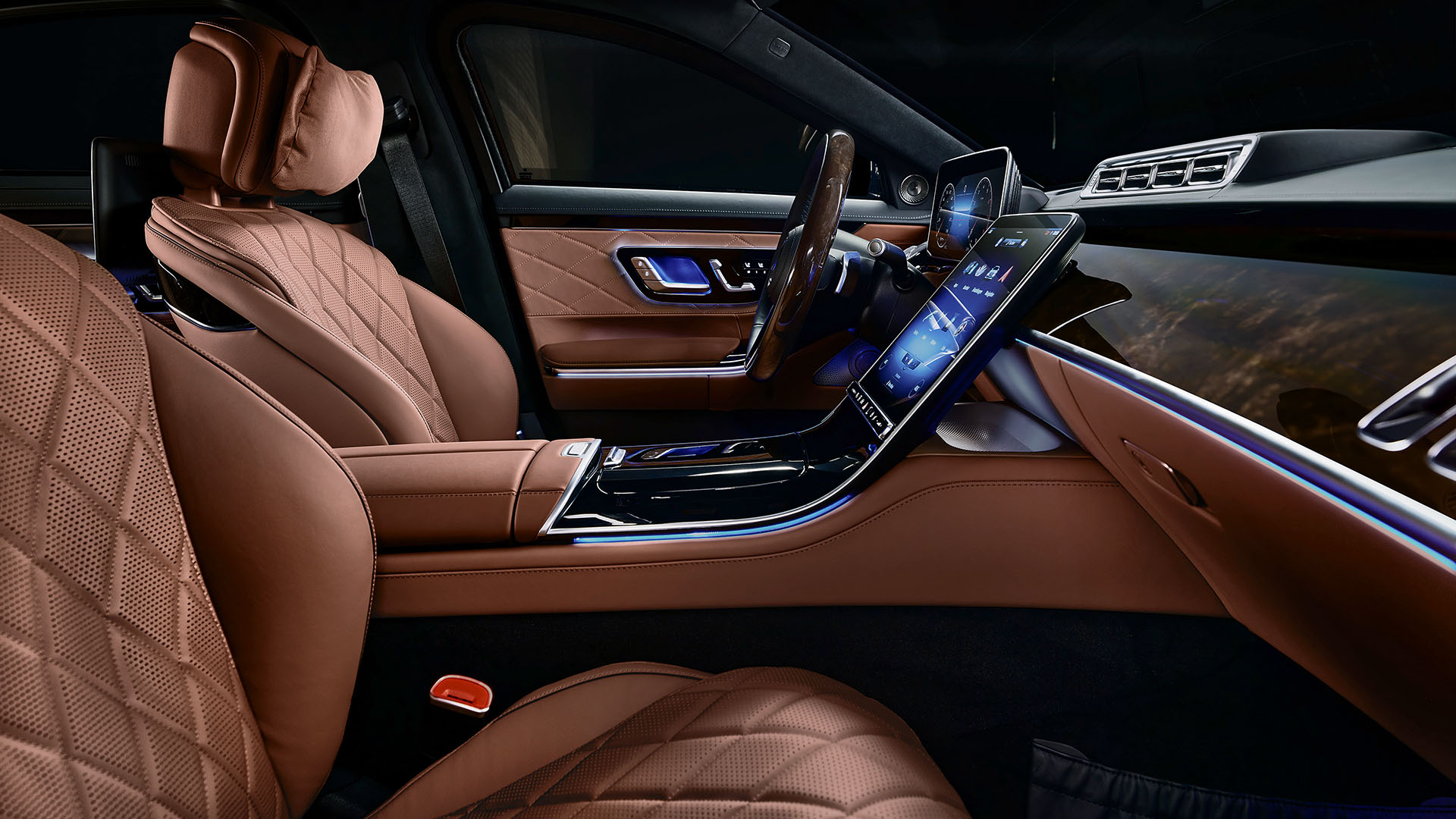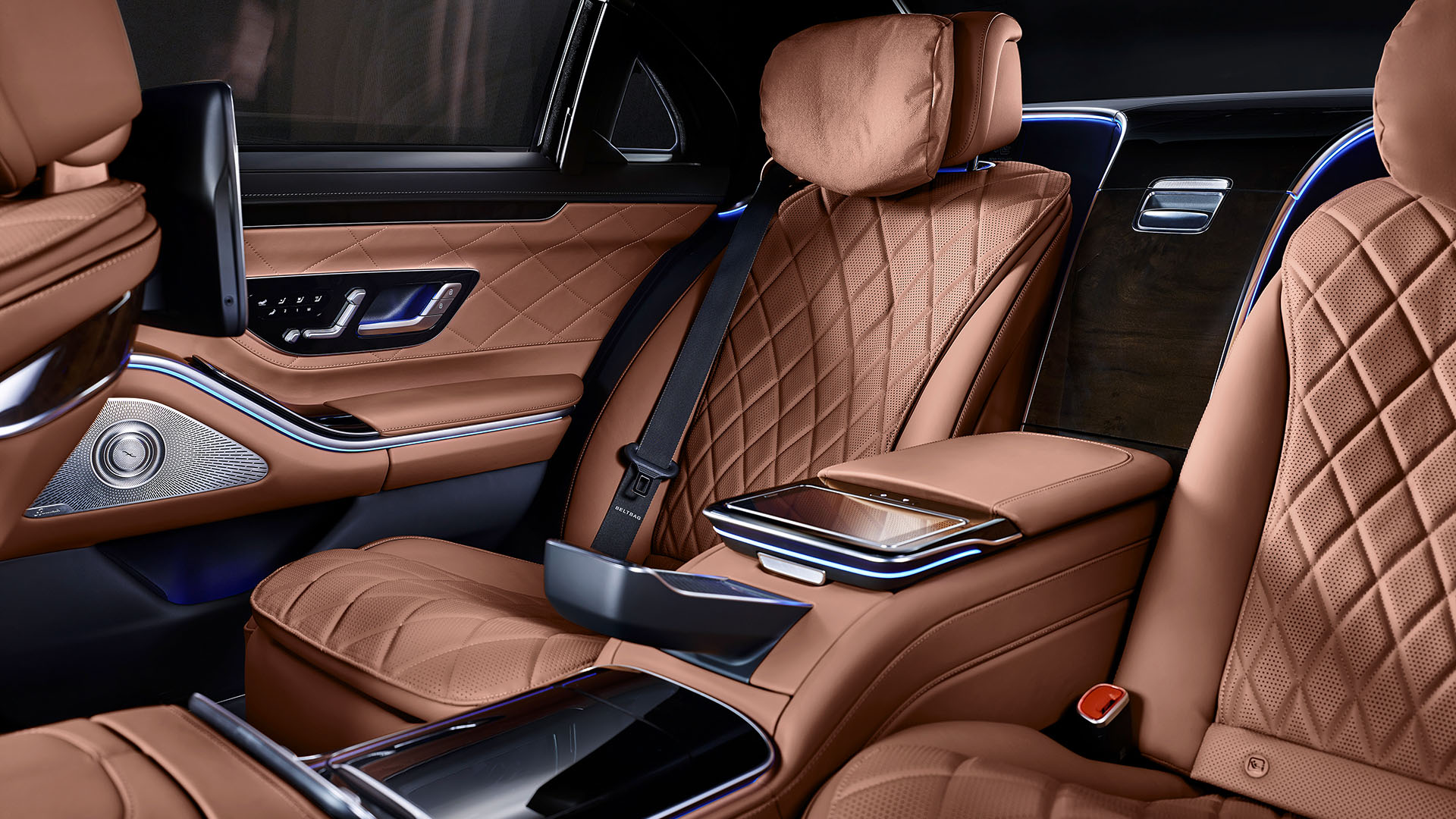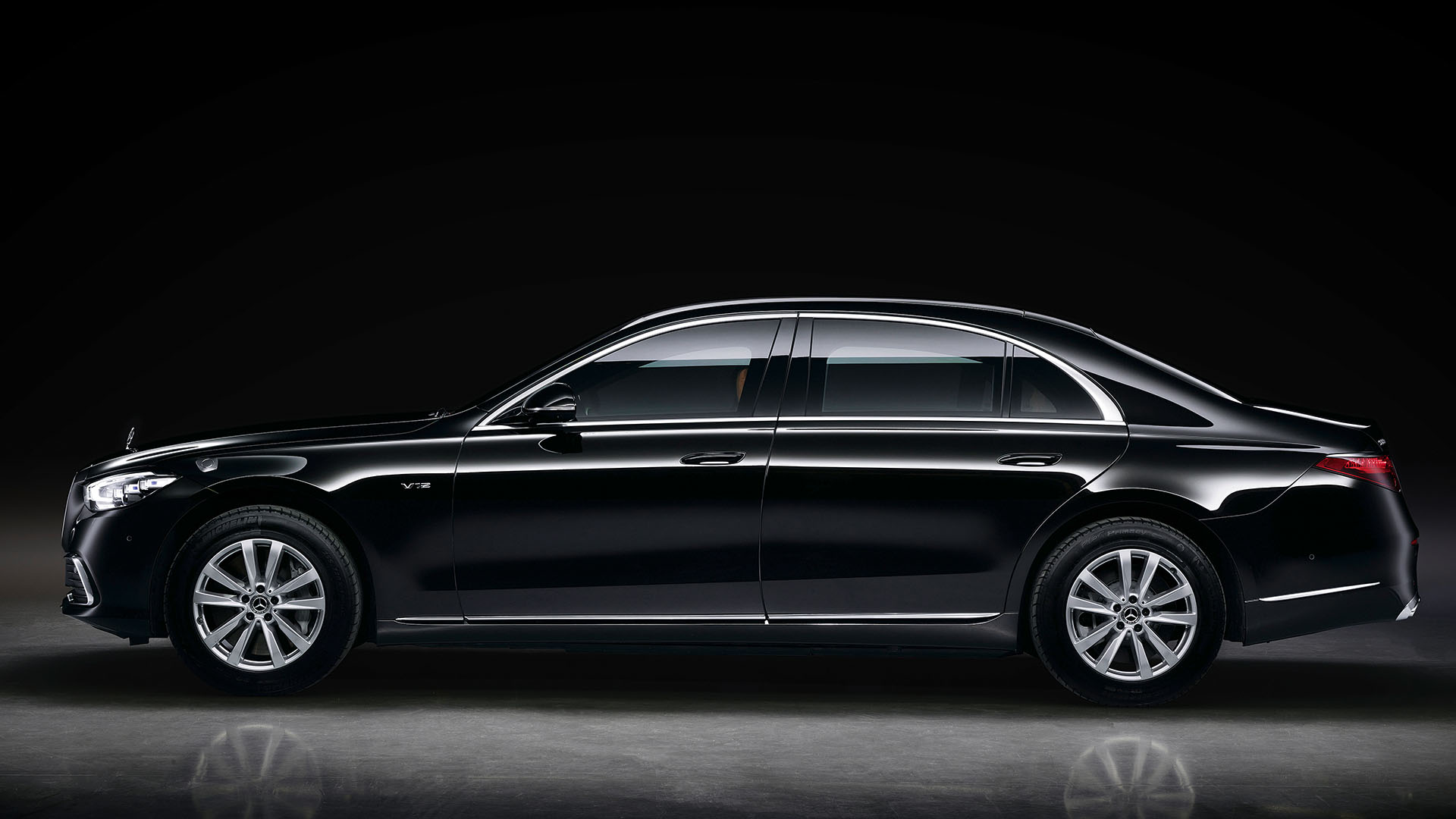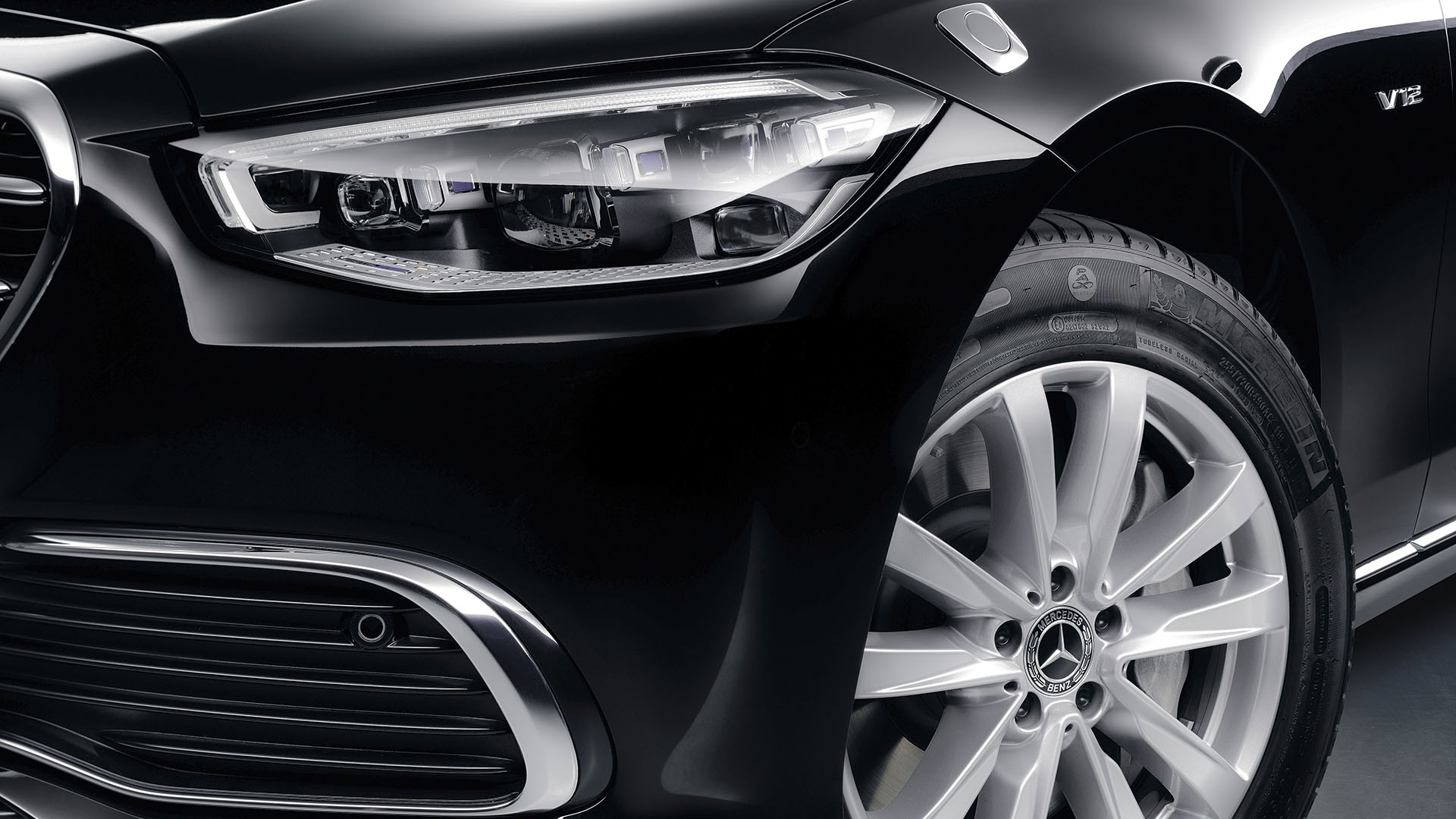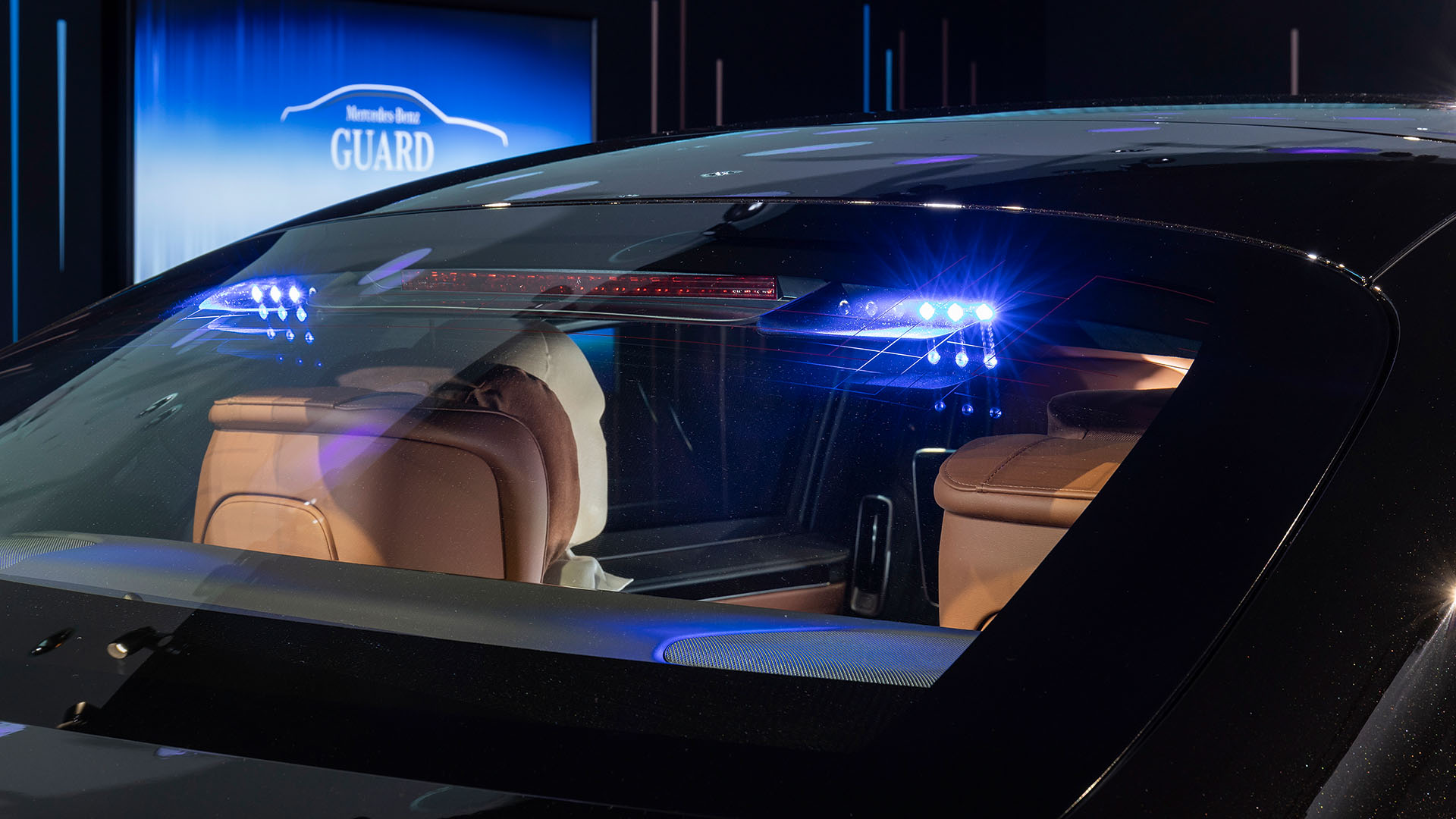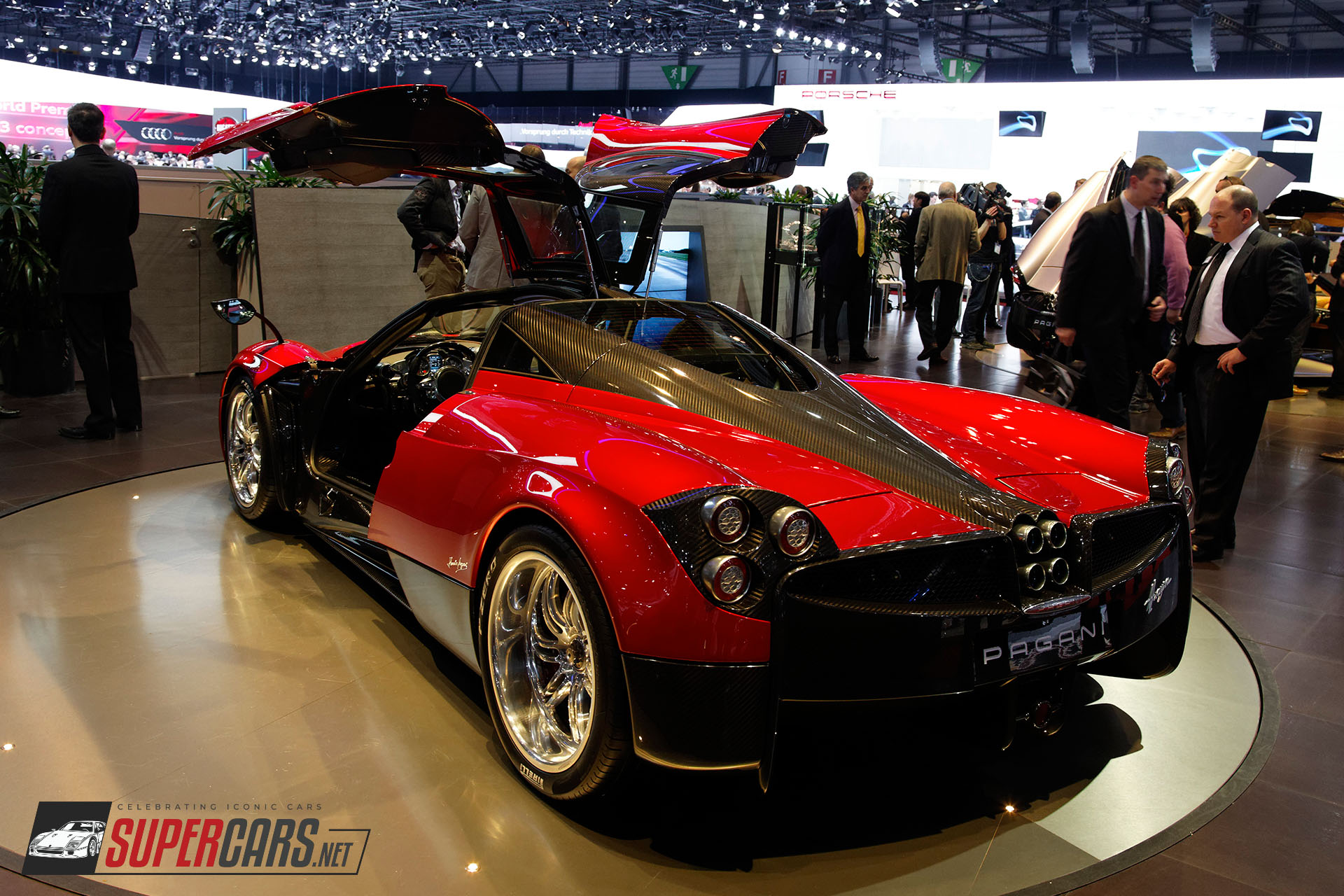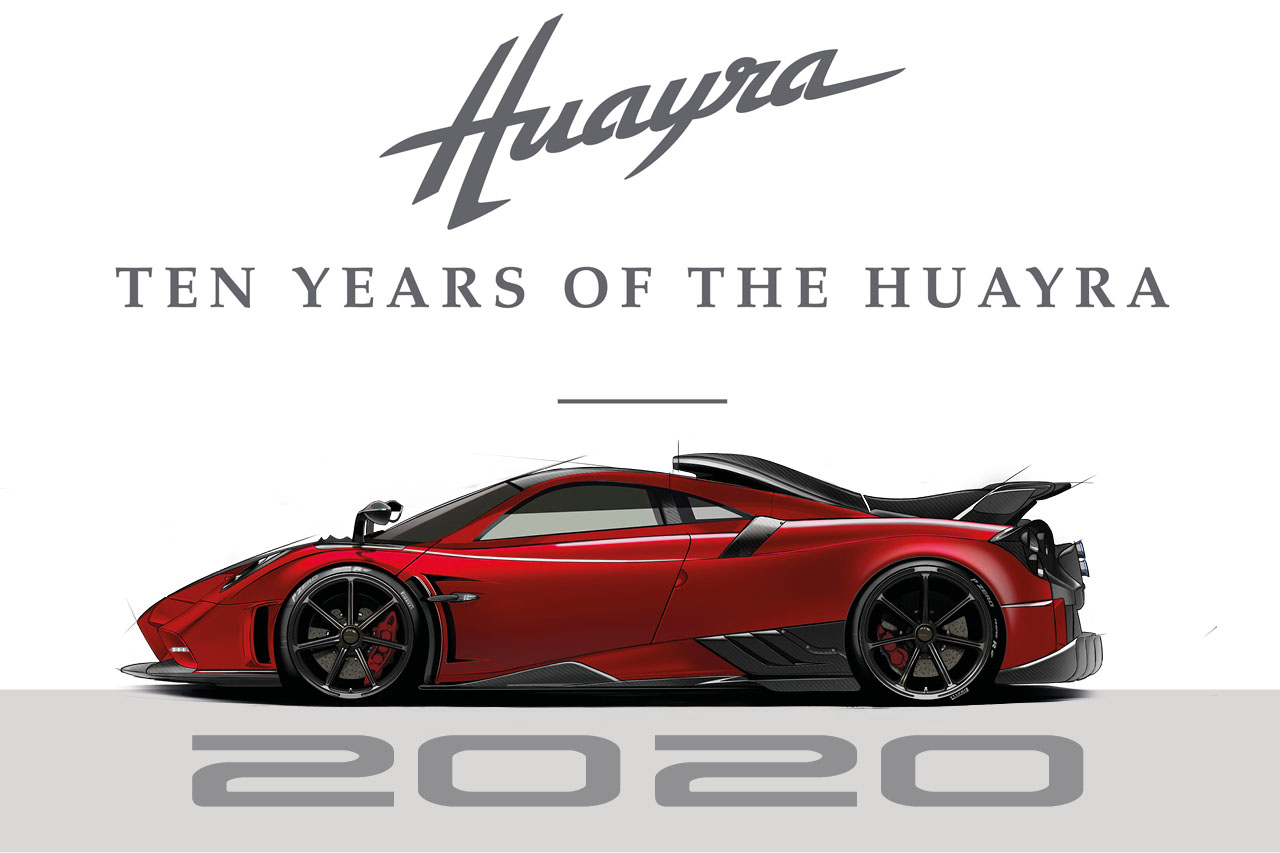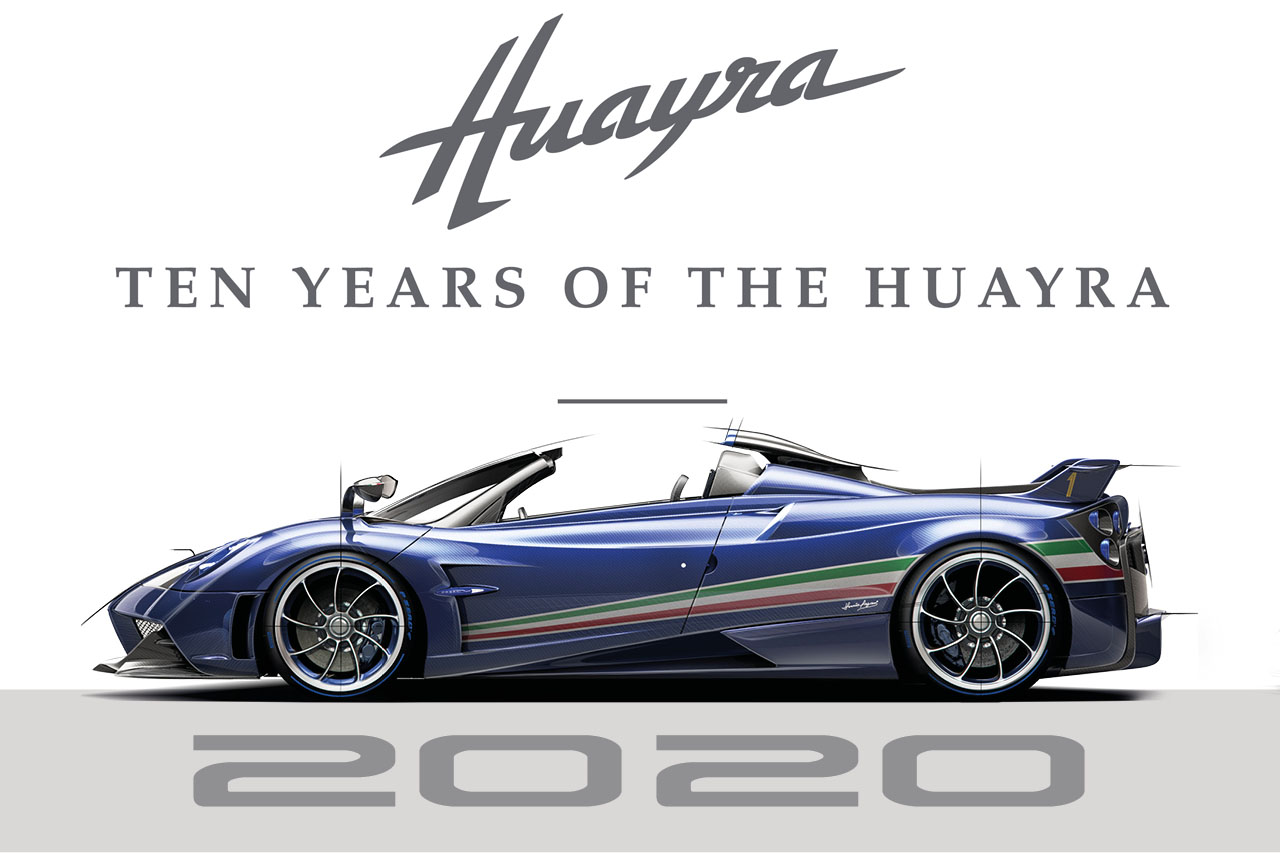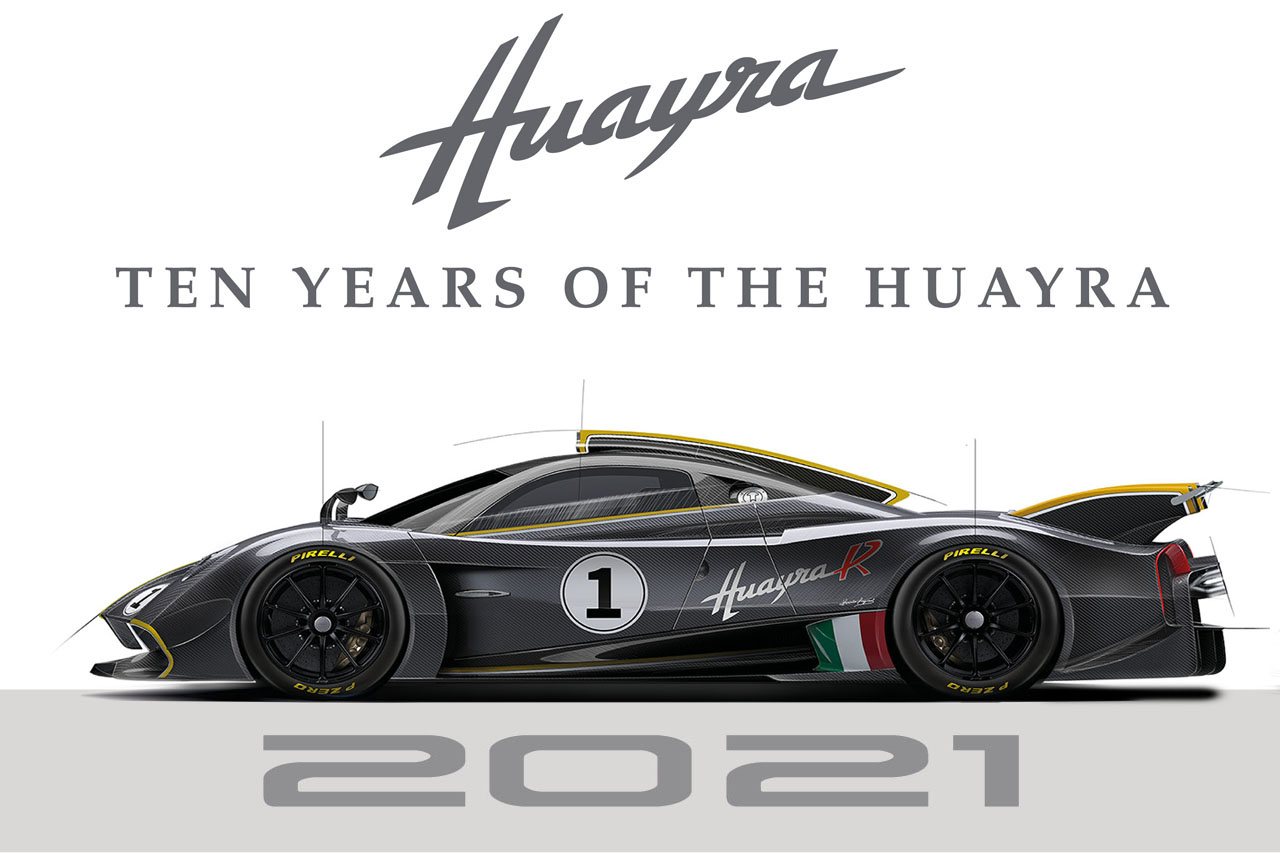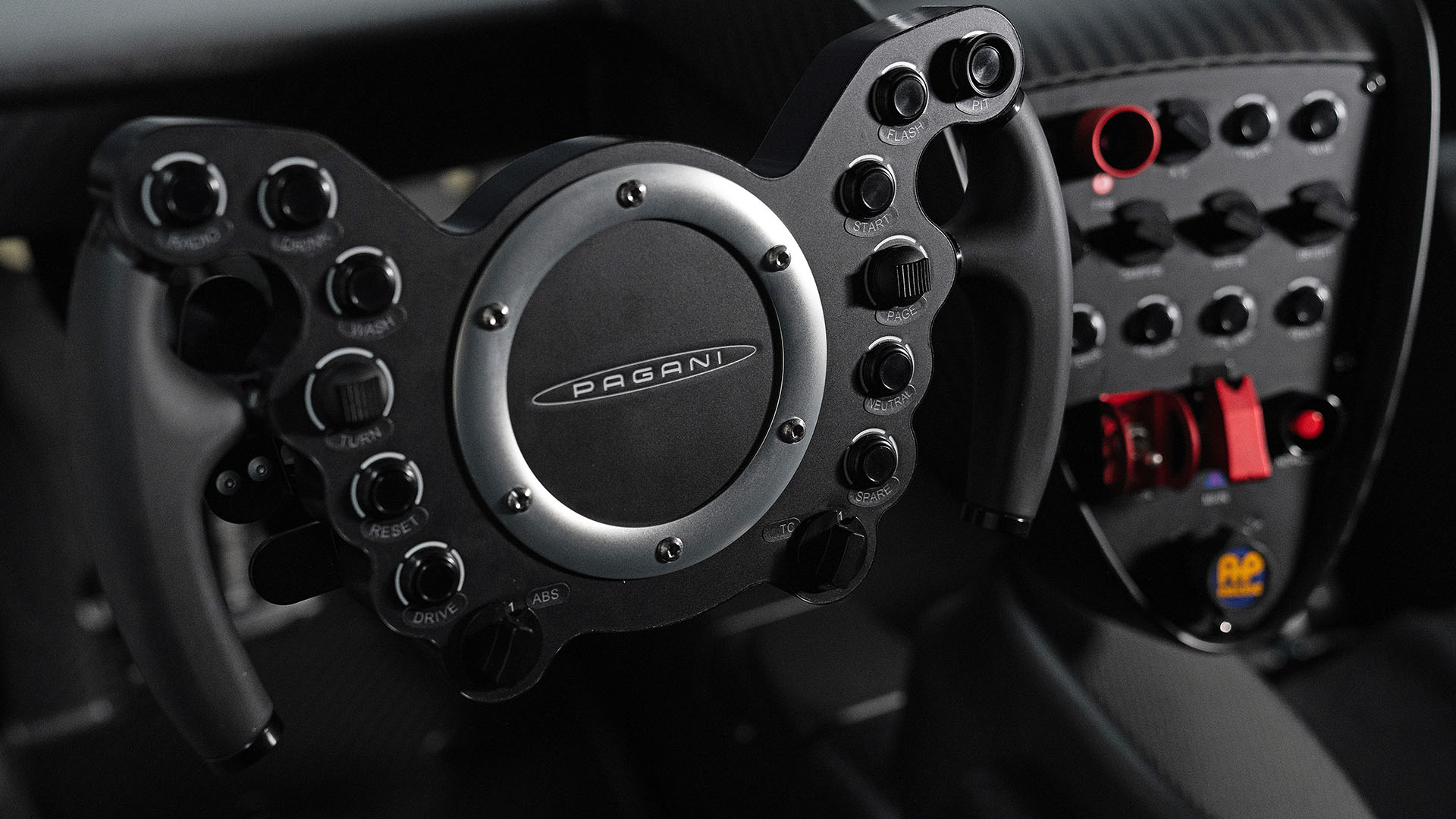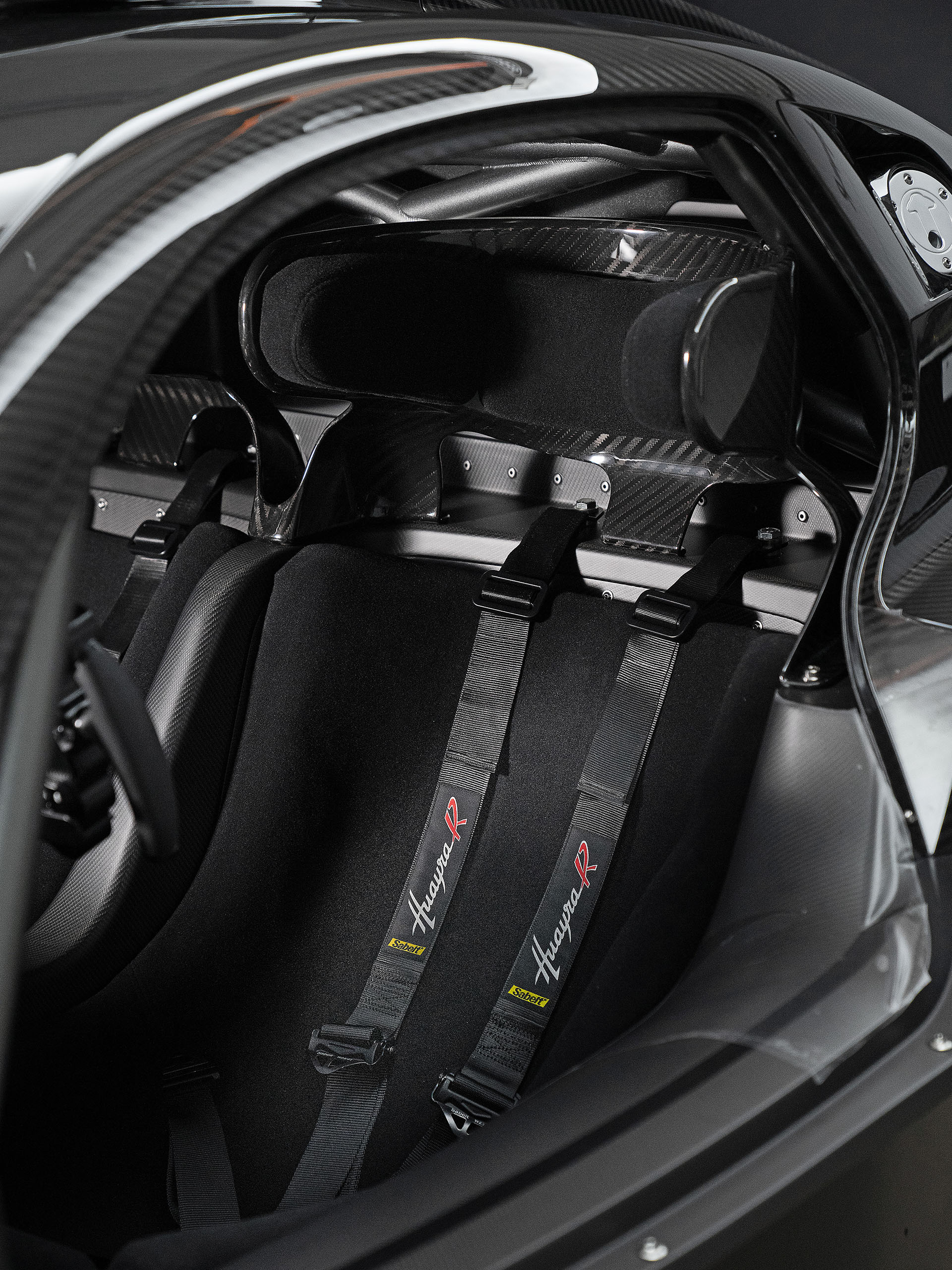During Monterey Car Week, Automobili Lamborghini SpA unveiled the long-awaited Countach homage to the public, there had been a few teasers released before the official presentation, and these created some very high hopes for the car, it seems the homage was put on a pedestal before most of us even saw the car … so when the black silk cover finally came off the car in California the reactions were … let’s keep it polite … mixed.
Let’s get some facts straight first, Automobili Lamborghini SpA was founded in 1963 with the classic 350 GT being their first production car, but things changed considerably when the Lamborghini Miura was introduced a few years later, by many considered to be the first supercar on the road, the Miura is a sensual beauty of Italian automotive art, and currently requires a payment of well into the 7 figures range to obtain, and while the Miura made Lamborghini famous around the world, their next flagship would change the automotive world forever.


We are talking early Seventies now, Lamborghini isn’t even ten years around, still, the Miura is already in her SV evolution, for Spinto Veloce, arguably the best production version (apart from the special SVJ versions), and then you visit the 1971 Geneva Motor Show to discover their next generation of supercars … the game-changing Lamborghini Countach! Think about this one for a second: upward-opening doors in 1971, a massive 5-Liter V12 engine, a thundering sound from quadruple round exhausts, a digital dashboard … the automotive world was shocked, and clients ambushed Ferruccio Lamborghini to put their order in, the Countach was an instant success, people were lining up to buy this spaceship on four wheels.


But the 1971 Lamborghini Countach was a concept car, it was nowhere near ready for production, and that was never the intention either … until after seeing the impact this car had on the Geneva Motor Show visitors, Ferruccio decided not to order additional Miura bodyshells from Bertone hence the production of the Miura SV was halted after only 150 units in December 1972, and all attention was directed to getting the Countach ready for production, initially Ferruccio considered a very limited production of the Countach, but that plan changed along the way of developing into a functional production car.
It would take three years for Lamborghini to get the Countach to a point it could be available for customers, in 1974 the Countach LP400 was unveiled, the upward-opening doors remained and would become a Lamborghini trademark for every V12 flagship model ever since the Countach, but the engine was downsized to 4-Liter, the prototype’s 5-Liter V12 wasn’t reliable and got scrapped only to make a return after being completely redesigned for the 1982 Countach LP500 S with a 4754 cc / 290 ci displacement. The digital dashboard was also replaced with analog dials on the production car and because that V12 needed a lot of cool air, several intakes and vents got added, more specifically the famous NACA duct on the side of the Countach.


The Lamborghini Countach LP400 was a beautiful car, very much ahead of her time in the mid-Seventies and unlike anything else on the open road, while the Miura had a track inspired transverse engine behind the cockpit, the Countach engine was positioned lengthwise with the gearbox directly underneath the gear lever in the wide central tunnel … the Lamborghini Countach was unique, and according to people close to the development in the Seventies, the only thing that limited the performance somewhat were the narrow tires that weren’t up to the task of a 300 Km/h top speed.


Only four years later things changed considerably for the Lamborghini Countach, mainly under the influence of Walter Wolf, a Canadian F1 team owner who requested several custom-made Countach for himself, the S model was developed, and in 1978 Lamborghini revealed the Countach S, or Countach LP400 S, to the public, initially as an option to the original Countach LP400, now with wide wheel arch extensions, revised suspension and massively wide 345mm Pirelli P8 Cinturato tires at the rear … some called it a Countach on steroids, but this even wilder version would become a poster car in many bedrooms during the Eighties.


And while Lamborghini didn’t want to, eventually they had to add the most quintessential option to the list for the Countach S … the rear wing, a very controversial option at the factory because the Countach didn’t need a rear wing, the car was designed with enough downforce, even at 300 km/h, and in all honesty, the rear wing even slowed the car down because of added drag … if you look really closely to the angle of the aerofoil, it does absolutely nothing … no additional downforce whatsoever, the rear wing on a Countach is purely cosmetical … but many owners insisted on adding it to their Raging Bull, to the point a Countach without that massive wing almost looks naked now.


The Lamborghini Countach became an icon, both in Lamborghini’s own history, but also in automotive history, probably the most depicted car on bedroom posters ever, built between 1974 and 1990, when the last ever Countach left the assembly to be added to the official factory museum, this silver metallic (Argento Luna) Lamborghini Countach was the 25th Anniversary edition of which 657 units were built, and while we all agree the Miura changed Lamborghini’s history, the Countach changed the automotive world … this car became more than an icon or a work of art, a Lamborghini Countach is special, but on a whole different level, it might not be perfect, or necessarily beautiful … but it’s a Countach, and that says it all … Countach!
In 2016 Automobili Lamborghini SpA was celebrating the 50th anniversary of their first supercar, the sensual Miura … with an Aventador Miura Homage, merely a special paint scheme, some custom stitching pattern on the interior, and a few bespoke badges. Limited to 50 units worldwide, the Aventador Miura Homage did come in a few Miura classic paint schemes with the gold or silver side sills, but that’s about it, nothing too extensive, so when the rumor got out they were doing a Countach homage in 2021 the reactions were mixed … until more details came out, all unofficial, but things sounded interesting, the 2021 Countach Ommagio would be totally different car to the Miura Homage.


At the 2021 edition of Monterey Car Week in mid-August, we finally got to see the new Lamborghini Countach LPI 800-4, the new Countach Ommagio to celebrate the 50th anniversary of the legendary Lamborghini Countach … and this is where things started to go in a different direction, both from fans and owners of the original Countach. The bright white Bianco Siderale show car in California is based on the current Lamborghini Aventador and takes the Sián concept into the Countach legacy with slightly more power, a total of 814 hp thanks to the 34 hp from the electric motor with the supercapacitor while the V12 ICE is borrowed from the LP780-4 Ultimae without modifications.
But herein lies the problem, when designing this Countach Ommagio, they had to stay within the Aventador parameters, which let’s face it, is a 10-year old model by now, things have evolved quite considerably, and yes, the Aventador has evolved too from the 2011 LP700-4 to the wild SVJ and now the Ultimae, but still, the carbon fiber tub is determined, the roofline is fixed and while you can play around a little with the front and rear sections, ultimately you are bound by the Aventador basis, and this is where most of the reactions come down to … an homage to a car as legendary as the Lamborghini Countach deserves more than what this LPI 800-4 is.
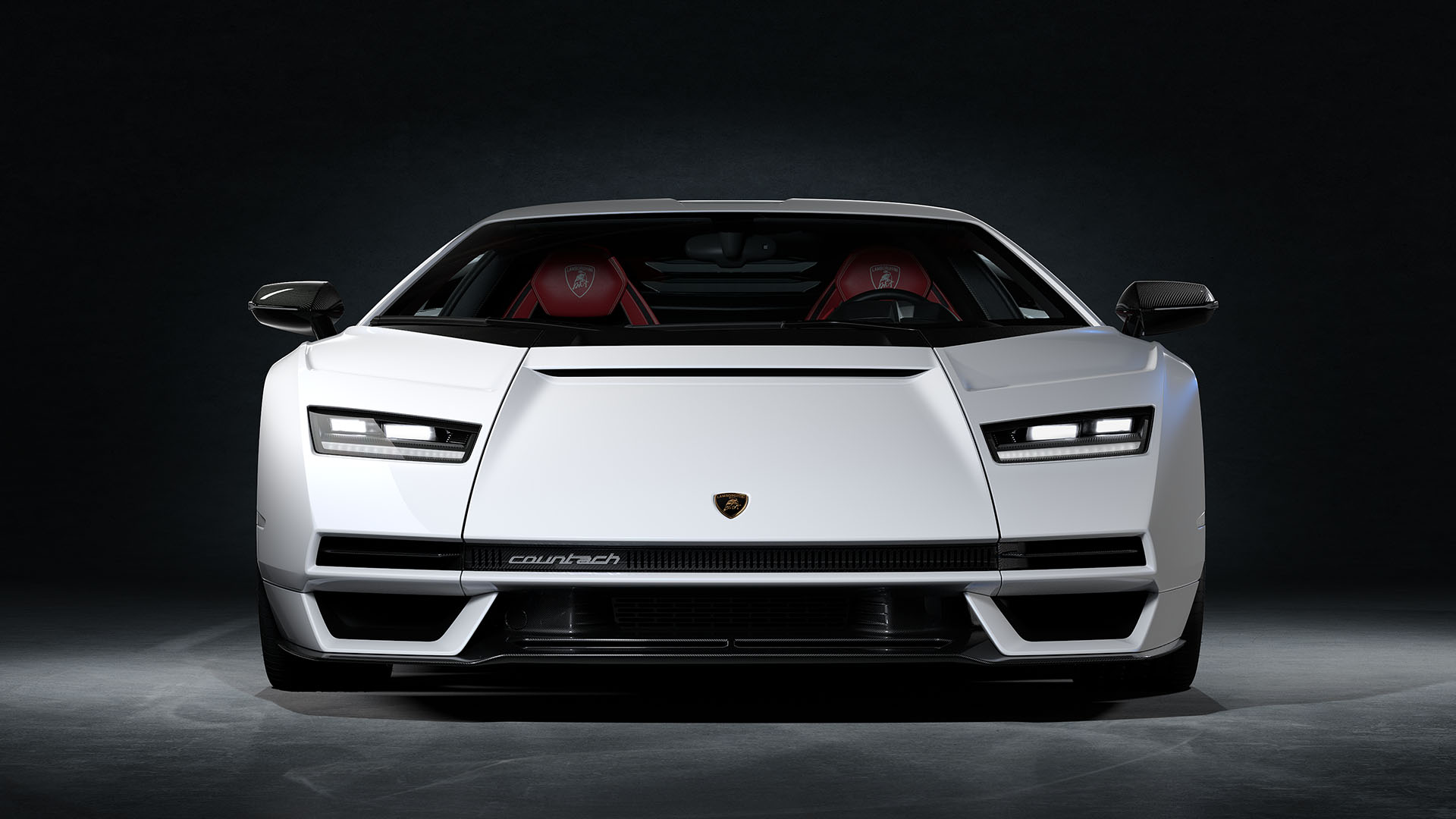

If we start from the front, the LPI 800-4 had to comply with current regulations, and that just about puts pop-up headlights into an illegal feature, so those typical Countach dual round ‘pods’ that open when in use just couldn’t be resurrected, instead Lamborghini opted for modern LED light units on the fenders in a somewhat similar location … a little bit too high up, but that also might be due to legislation, so I’m not going to complain on their position, on the other hand, the design of the front hood does remind us of the original Countach, as does the script in the air intake, so there are a few links to the design from the Seventies here.


Going onto the rear design choices reveals even more ‘compromises’ to current laws and requirements for airflow on this 2021 edition of the Countach, there are massive air vents on the body section behind the wide rear tires, those are required to draw hot air through, but they do interrupt the clean lines in that area of the original Countach, the area around the taillights does look like the very recognizable units on the classic Countach, but then they decide to use the Sián taillights … shouldn’t a car like the Countach, that meant to much for Lamborghini during her 15 years of production be eligible for bespoke taillights in her homage?


But one of the biggest complaints on the design of the 2021 Countach LPI 800-4 concentrates on the side profile, which shows the Aventador basis a bit too much, with an identical roofline, the basic Aventador rearview mirrors, and a massive, clear carbon fiber air intake that start on the door and goes into the rear fender, where it meets a big ‘fin’ that extends beyond the bodywork to draw even more air into the engine bay. But this is where things get tricky … remember this car is meant to celebrate 50 years of the Countach, so it celebrates the original prototype from 1971 … which didn’t have the NACA duct yet, while many complain this new car tries to mimic that NACA duct but fails … it is not meant to look like a modern version of the NACA duct, it’s just there because of pure necessity, to cool the engine, a problem the Countach prototype also faced back in 1971, hence they cut those NACA ducts into the smooth aluminum body.
Al least those beautiful fins behind the side windows were retained on the Countach LPI 800-4, I like them, and while many prefer to have these in black so the car looks lower and longer as it visually extends the side windows, I don’t mind them being color-coded to the body, but then you notice the wheels on the new car, where they try to mimic the telephone dial style wheels from the Countach … from the Eighties. Wait, what? This car is an homage to the 1971 Countach for her 50th anniversary, so why put wheels that look like the 1978 model on it? Wouldn’t it make more sense to create a modern interpretation of those ’71 wheels, only a lot wider at the rear … that would be more historically correct if you ask me. And while we’re on that topic, I really don’t understand why the show car is white … sure they explain it as the color of Ferruccio’s own Countach S, but we’re celebrating the 1971 Countach … which was yellow … so release the homage car in Giallo Countach at least, I just think it’s wrong to depict the Countach Prototype in white on the official photos … it was yellow, and always has been yellow right up to the day they crash-tested it at MIRA.


Seen from the top there are more design clues from the classic Countach to be found in this 2021 edition, like the design of the ‘periscope’ from the original car, it isn’t a functional rearview mirror tunnel anymore, but the design in there in the glass panel, while the vents on the engine cover are somewhat taken into present-day with those glass louvers, which honestly remind me of those on the Murciélago Super Veloce, what I absolutely love on the new car are those small vents next to the glass louvers on the engine cover, just behind the roof, those were used on the Miura, and on the Countach production version too, so I love that small detail they incorporated into this Countach homage, I doubt they were necessary, but they look the part.


Going into the interior will really take you into the Aventador cockpit, there is a special stitching pattern on the comfort seats (it seems you will not be able to get the lightweight carbon fiber sport seats in this LPI 800-4), but other than that it’s just an Aventador interior with some custom 3D printed air vents on the dashboard and a large touchscreen for the multimedia system … the traditional start/stop button is hiding underneath the red cover as it has been ever since 2011, the switches and controls all look identical to a $500,000 Aventador … while we are talking about a $2,000,000+ limited edition Countach homage here … shouldn’t they have put some more effort into her interior to set her apart more from the base car?


And now we get to another controversial remark often made about the 2021 Lamborghini Countach LPI 800-4 … the rear wing. As already mentioned, the massive rear wing on the Countach S from 1978 on didn’t do anything for downforce and even lowered the top speed, but people loved it anyway, so why didn’t Lamborghini put a large rear wing on this homage then? The answer is complicated … for one, the car doesn’t need a high rear wing for aerodynamics, secondly, the 1971 prototype didn’t have a rear wing either, and thirdly … there is an active rear wing on the LPI 800-4, much like on the original Aventador, the rear wing sits flush with the body but it has three different positions, to be raised when conditions require it … but it isn’t as impressive as the one on the classic Countach, and strangely enough Lamborghini hasn’t released a single photo with the rear wing ‘up’ on this Countach LPI 800-4 yet.
So the Lamborghini Countach LPI 800-4 has stirred up some controversy online, both by Lamborghini enthusiasts and by actual Countach owners, and most of the comments weren’t too positive, calling it a marketing stunt … but in the end, there will be only 112 units of this car built, as a reminder of the LP112 internal designation of the Countach back in the Seventies, all at a rumored starting price well over $2,000,000 before options and taxes … and all of these are sold already, so it’s a marketing success for Automobili Lamborghini SpA, after all, they sold out their Countach homage, whether it has been accepted or not, there were at least 112 people out there who wanted to add this special car to their collection, and let’s not forget this will be the final Lamborghini with the NA V12 engine next to the Aventador Ultimae, but the latter is intended for a totally different customer.


Do you really think the new 2021 Lamborghini Countach should have come with wide wheel arches and that massive, classic rear wing, perhaps even some center-lock wheels inspired by the Eighties versions of the Countach? And how about color-coding that massive side intake, would that make things look better?
Why not head over to LamboCARS where you will find a Virtual Car Configurator that allows you to configure your very own Countach LPI 800-4 virtually, with 121 different exterior shades, 28 interior hues, countless additional options like modern versions of the classic Countach wheels, but also the option to add the wider wheel arches and different rear wings … just so you can see how it looks … and which you prefer, in the end, I think Lamborghini created what is probably the best they could do within the parameters of the base they had to use, but personally, I would have called it a Countach homage, and not use the Countach name for this model, but that’s just my opinion.
